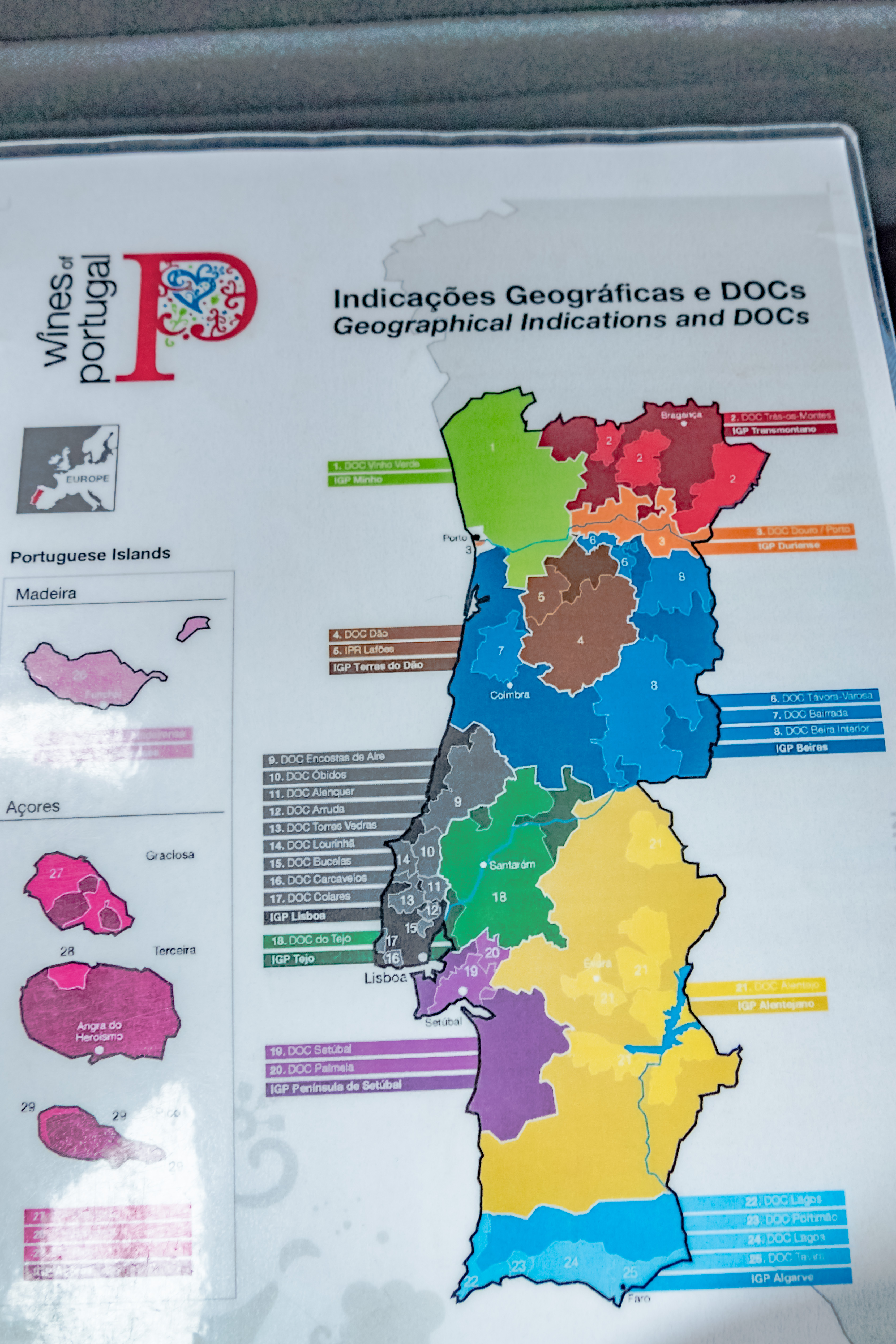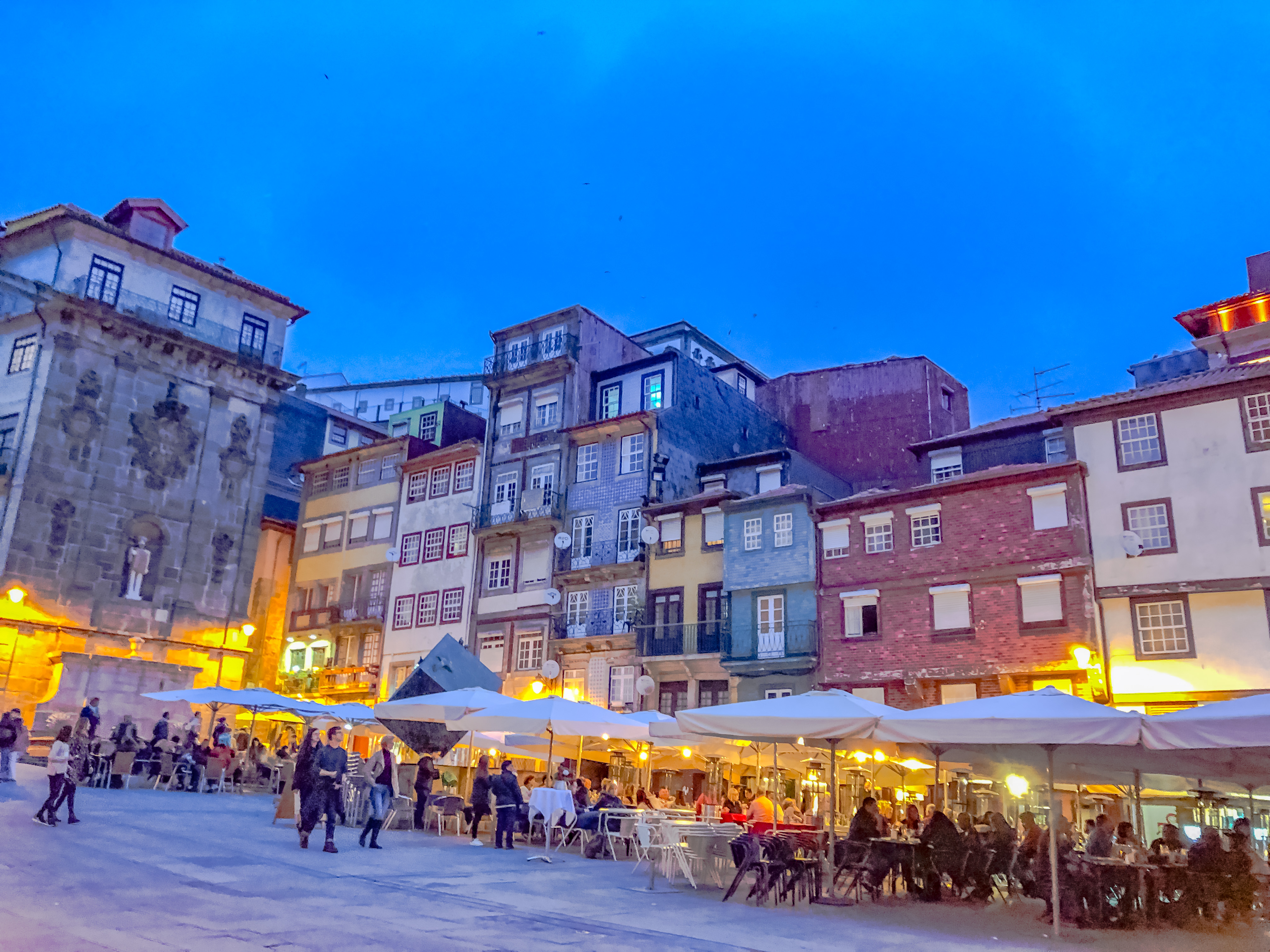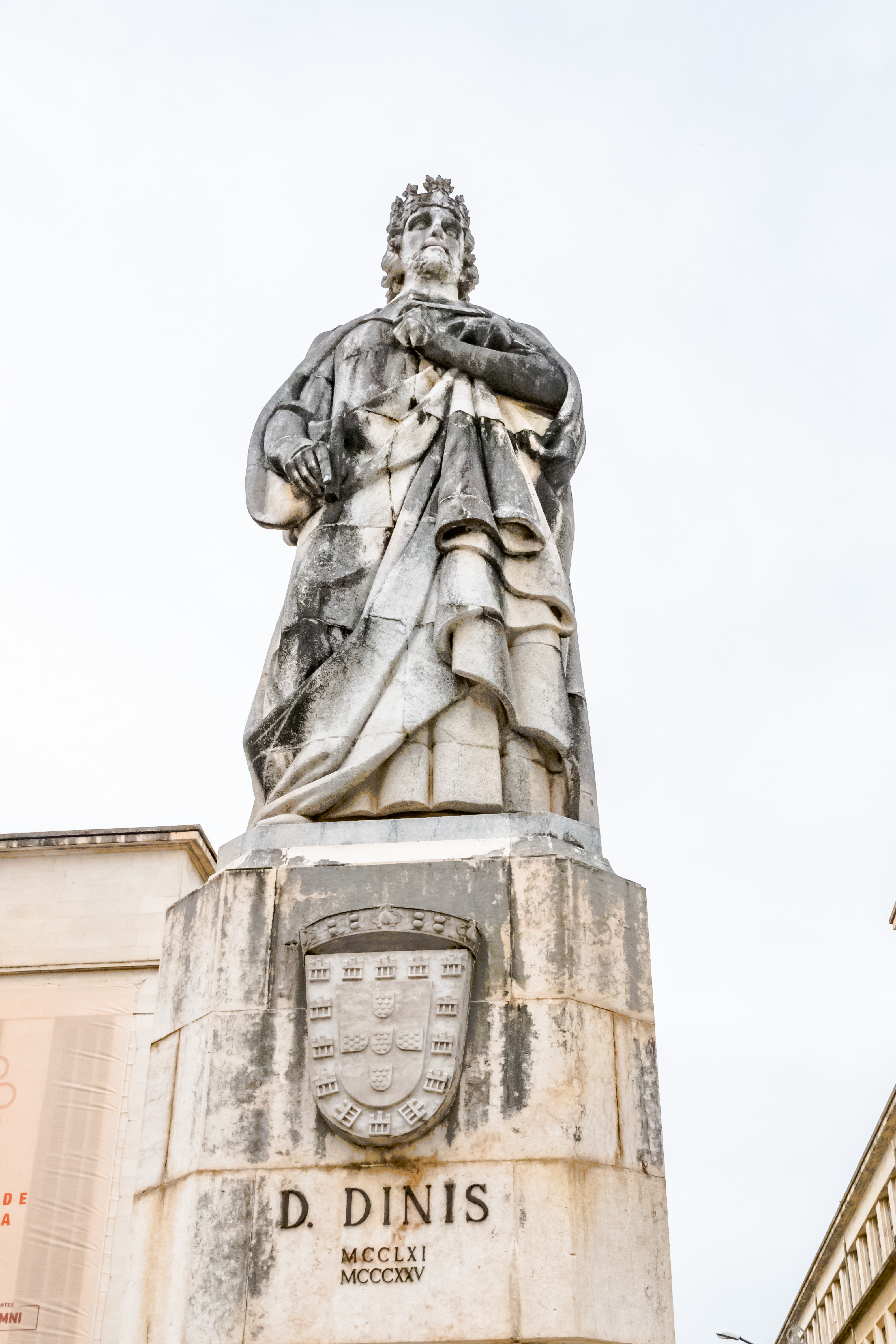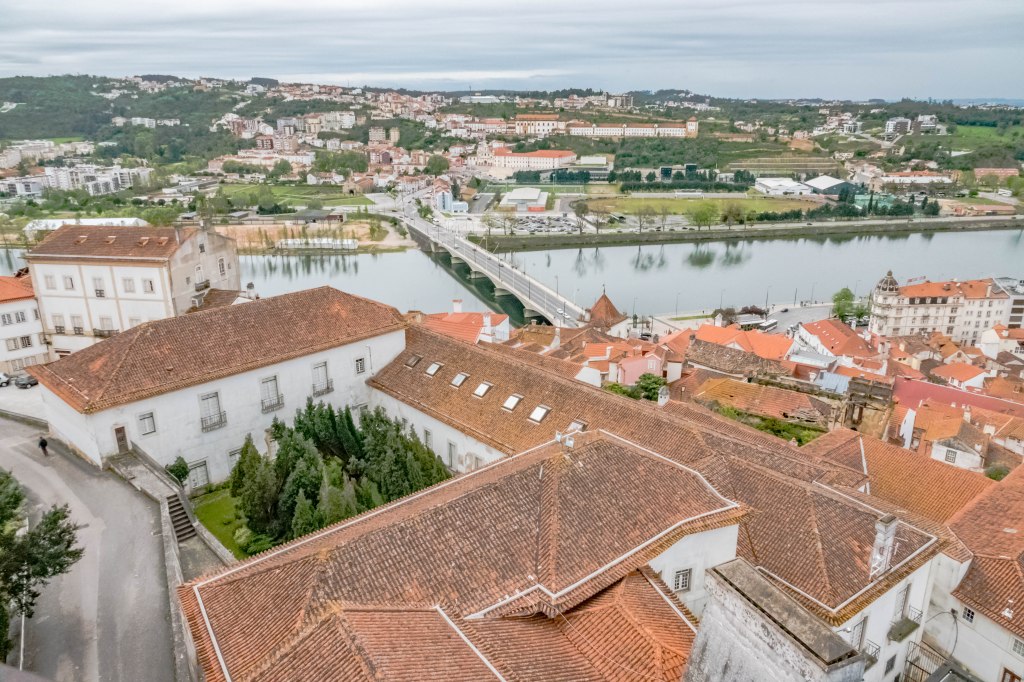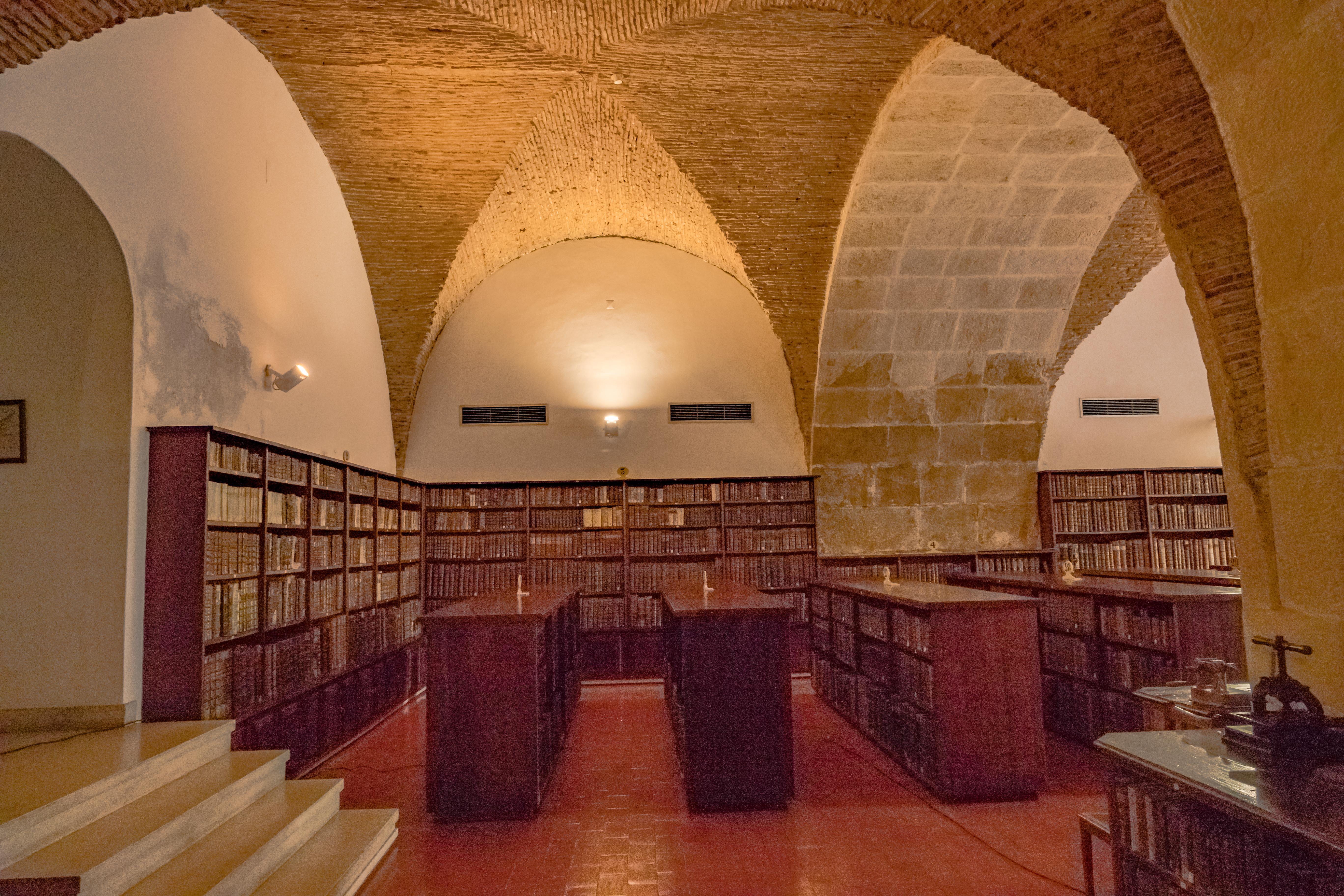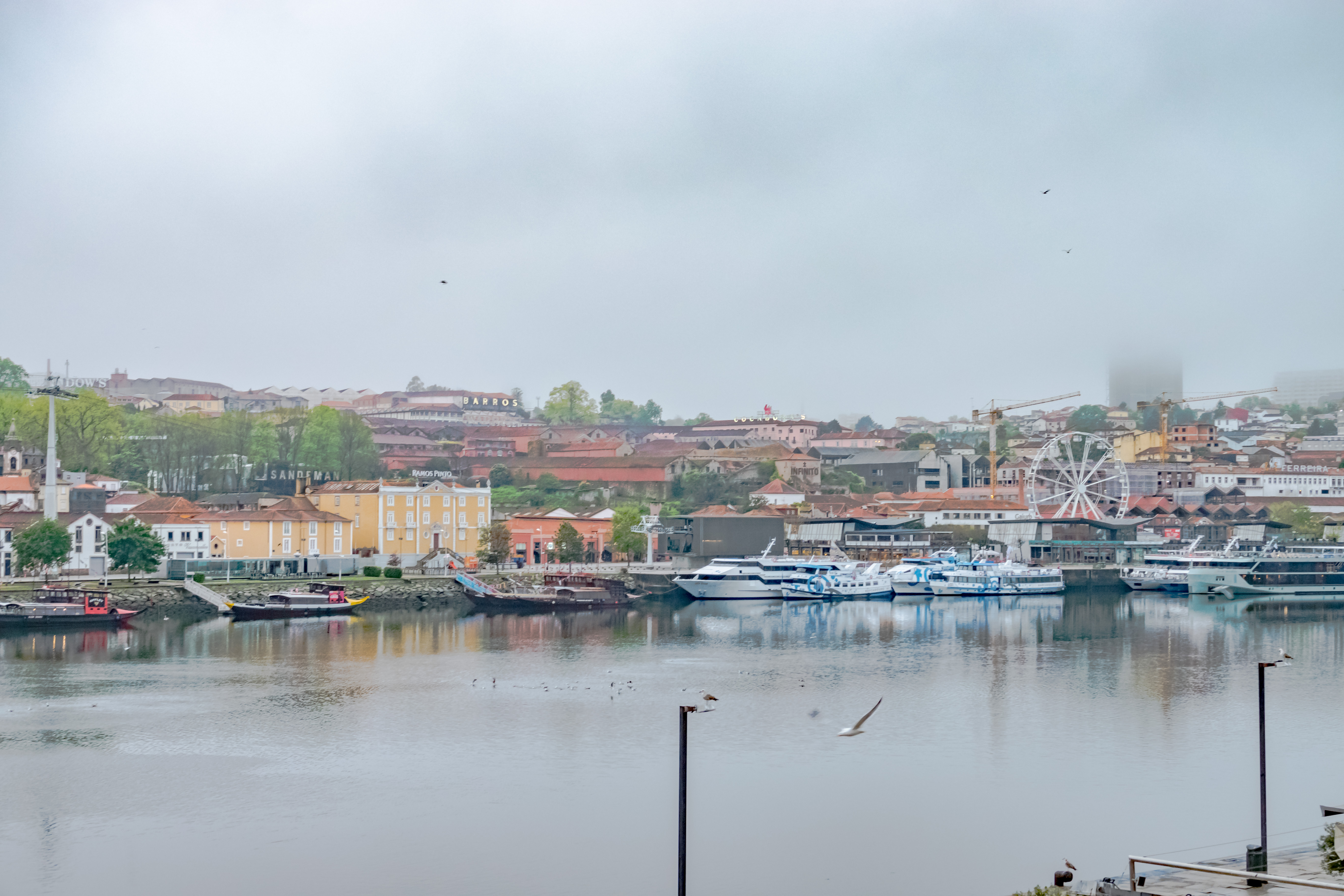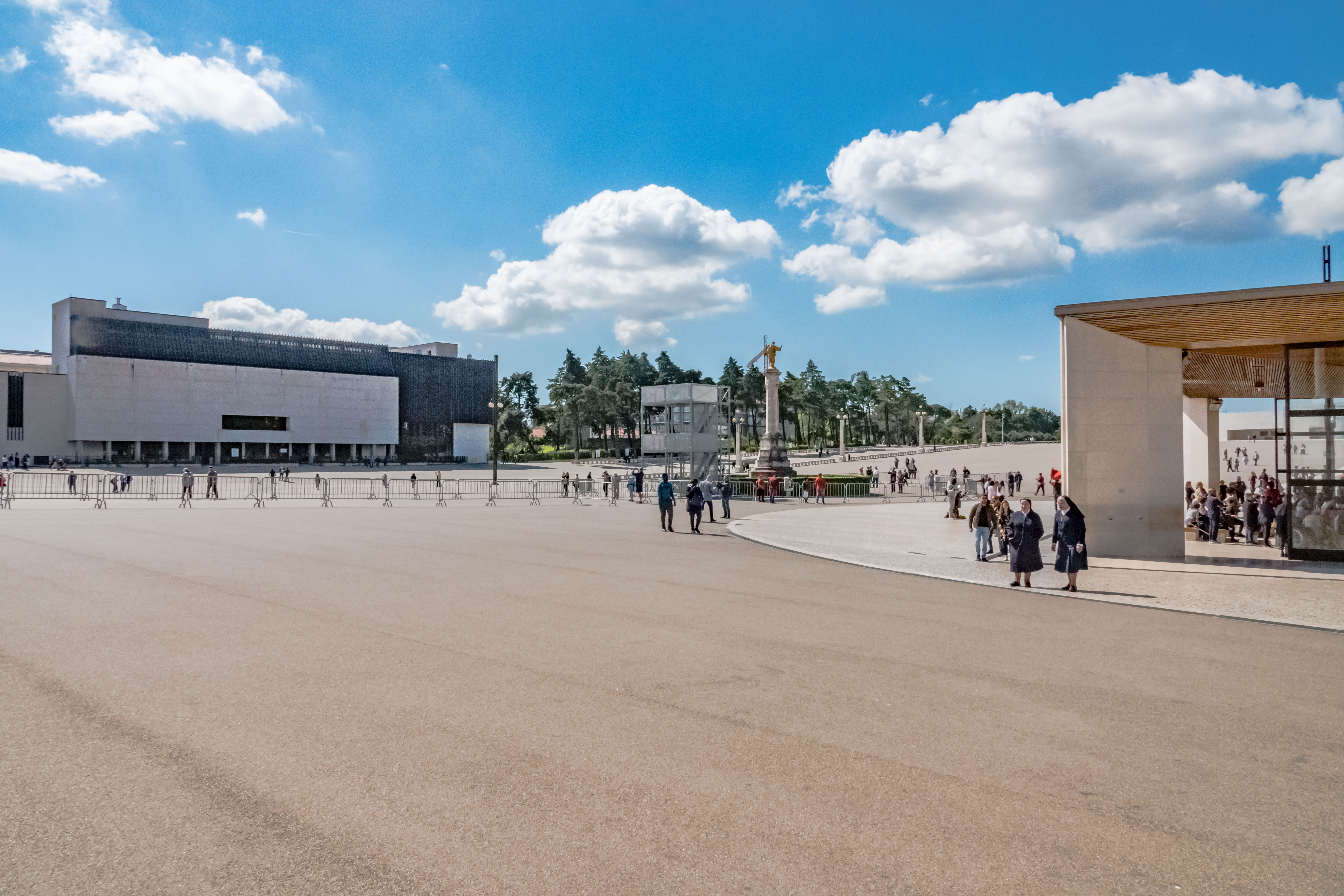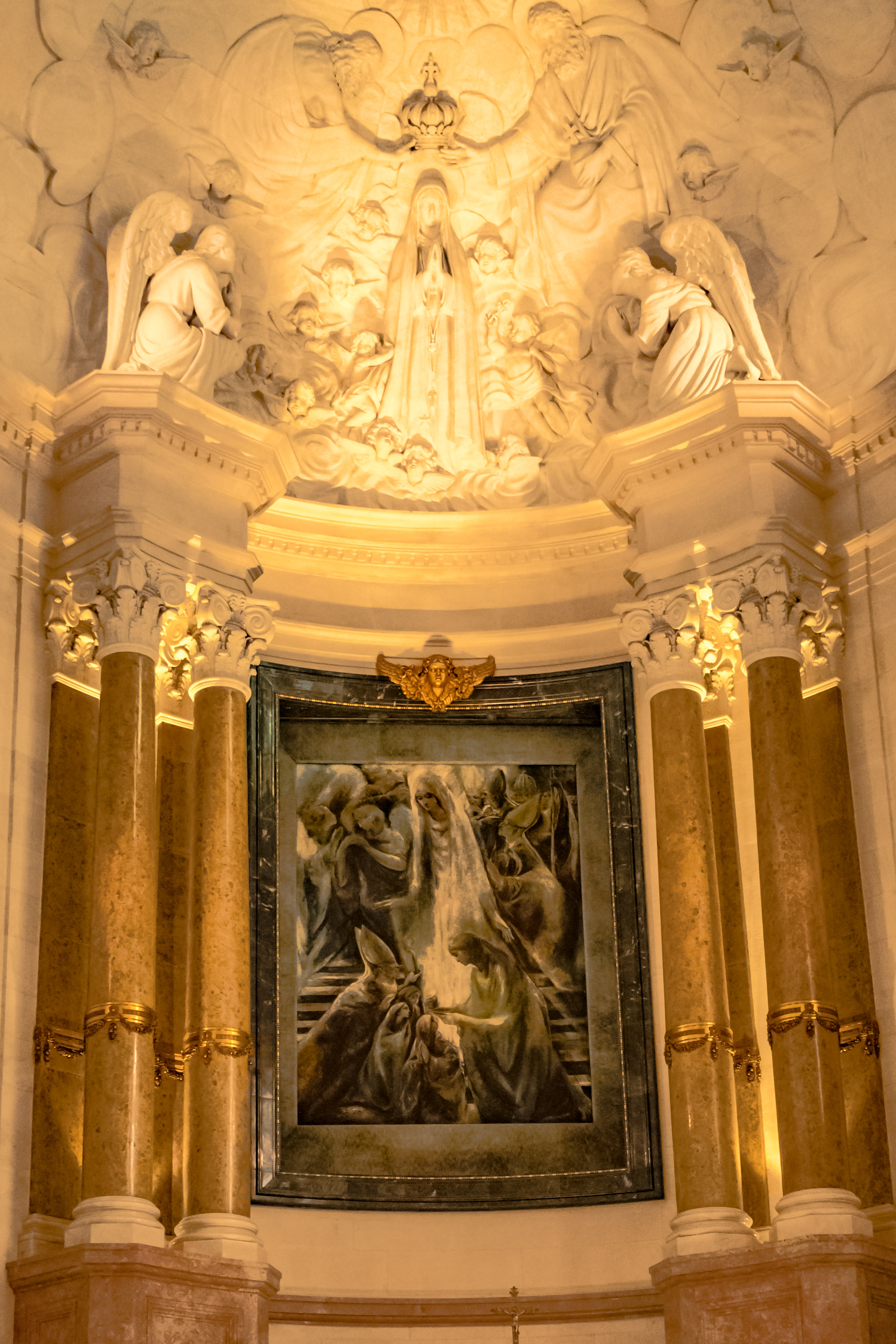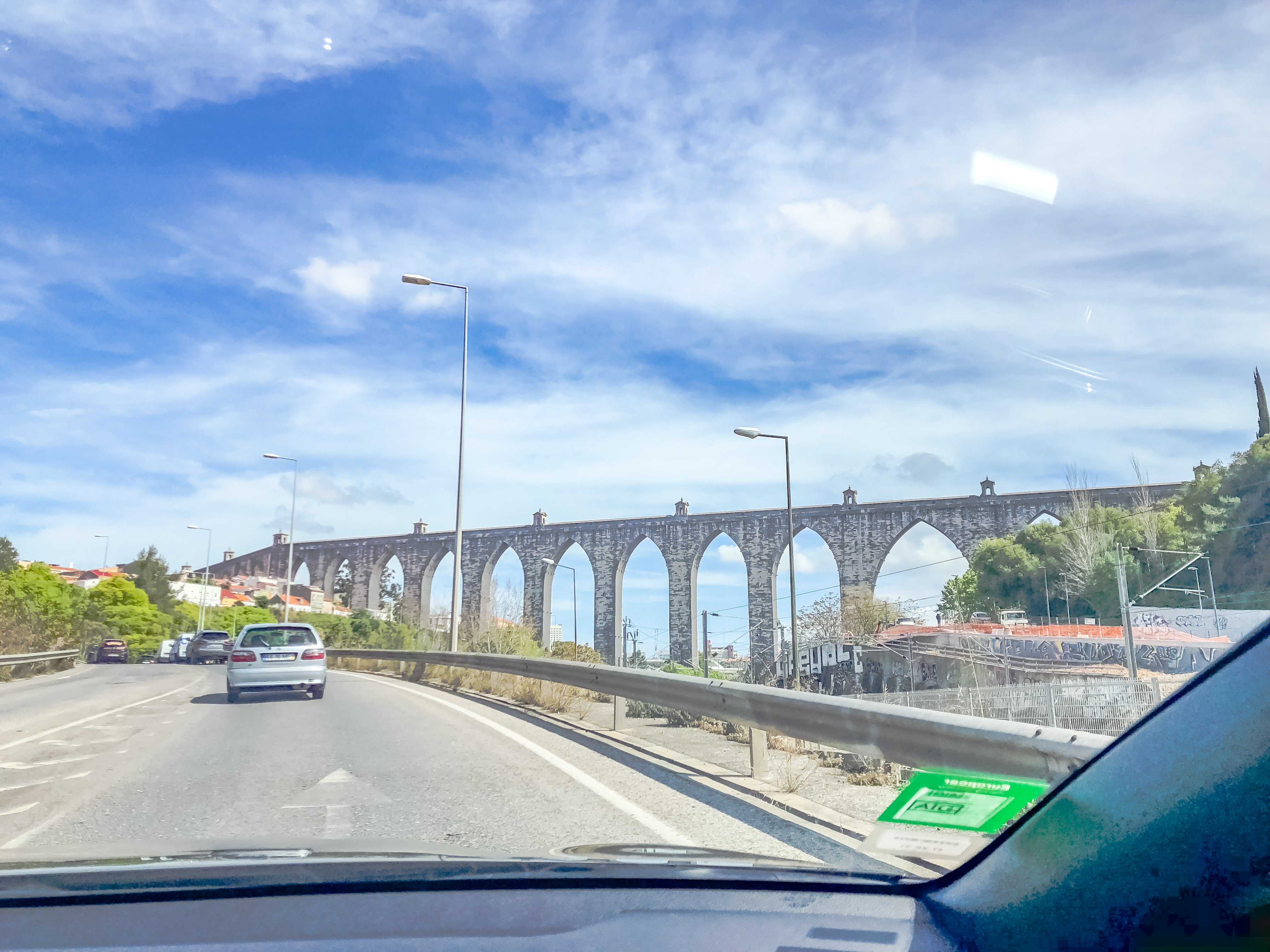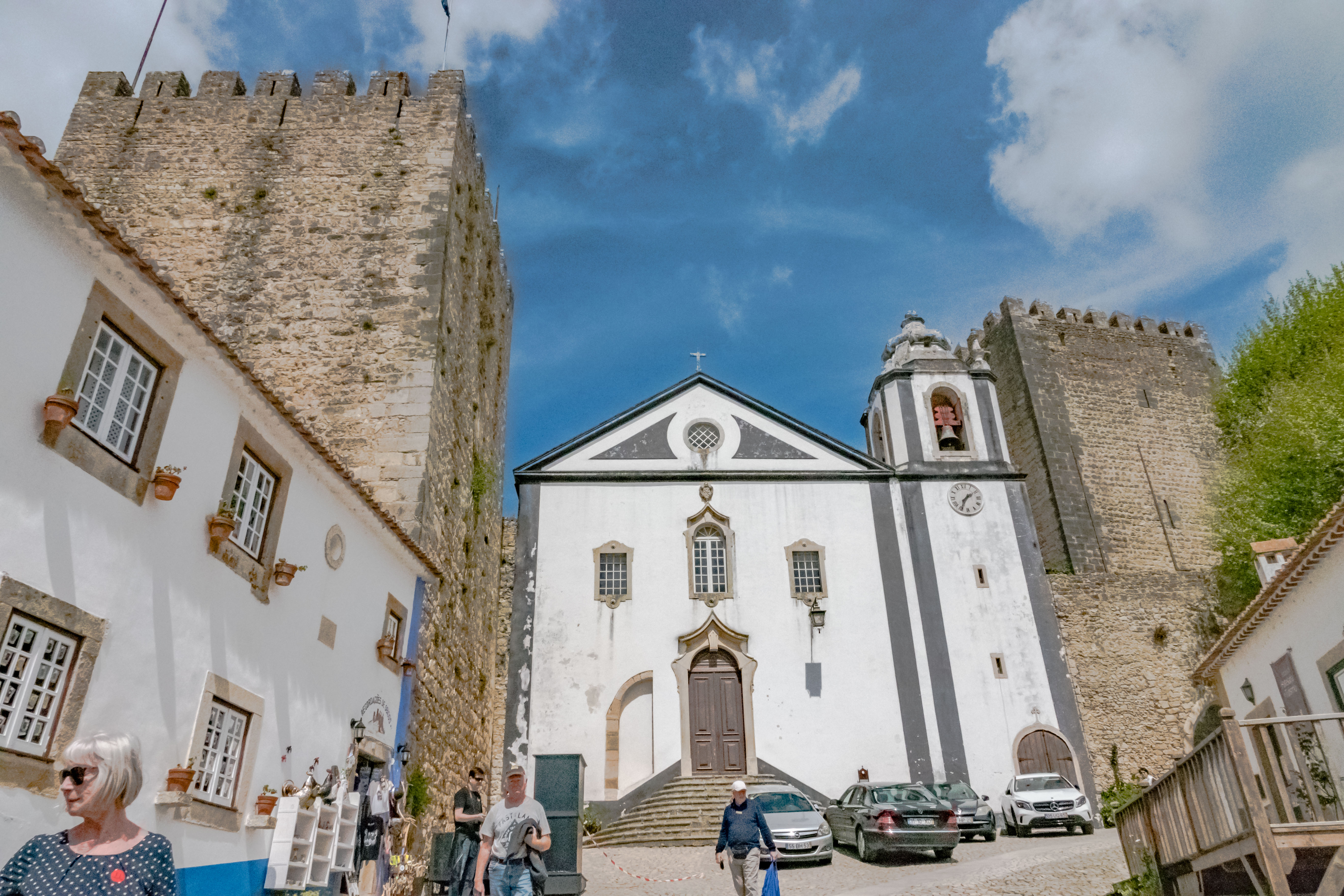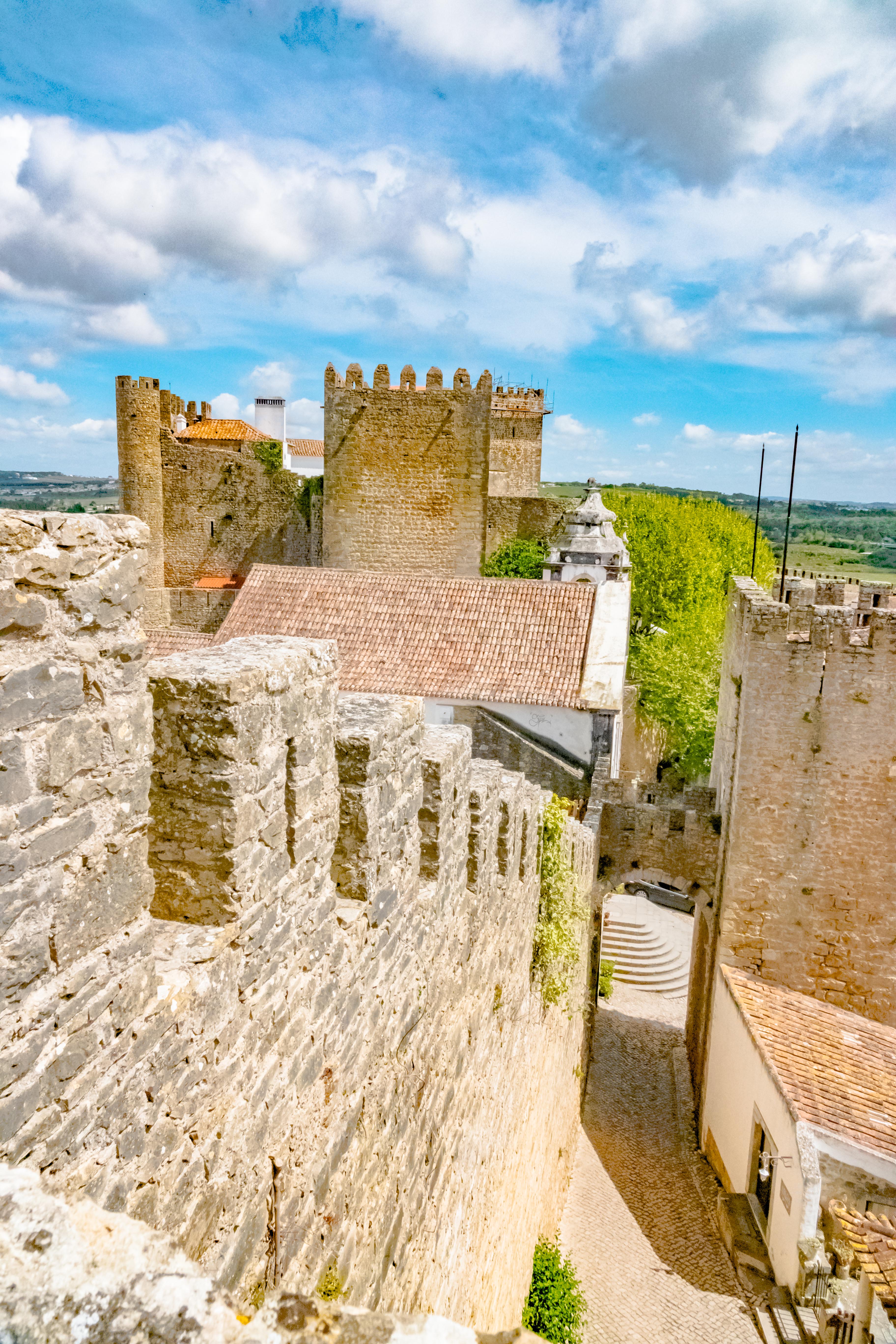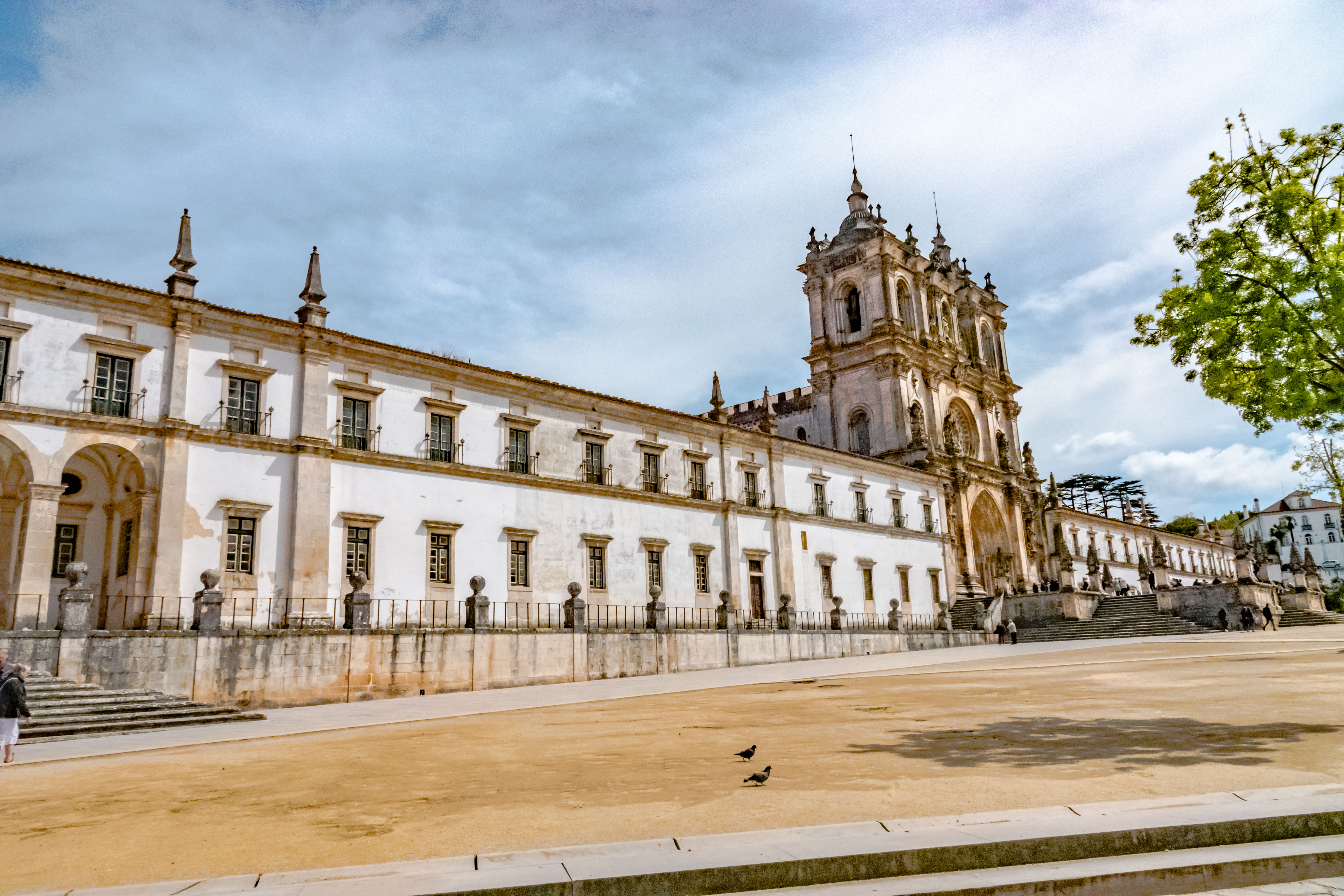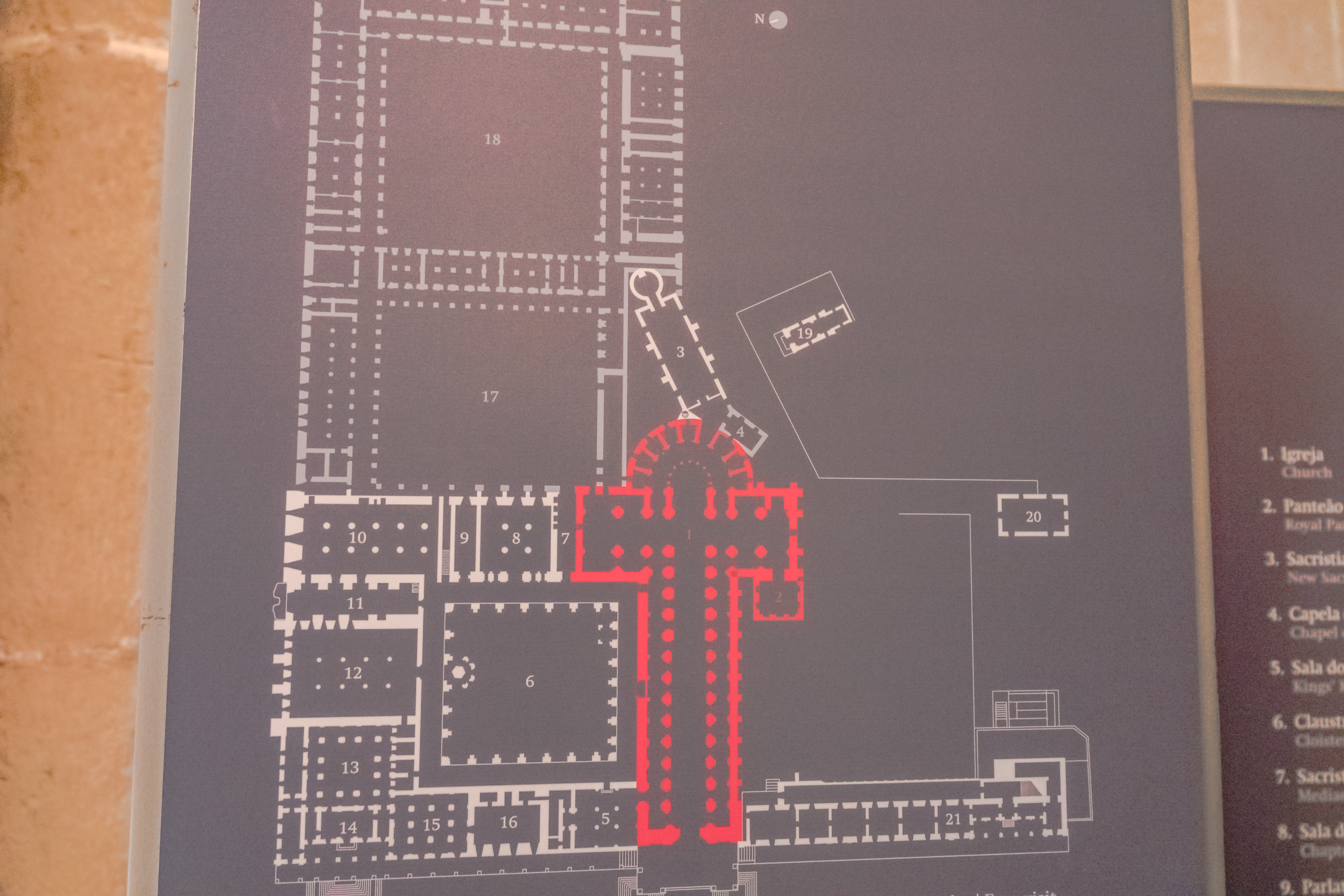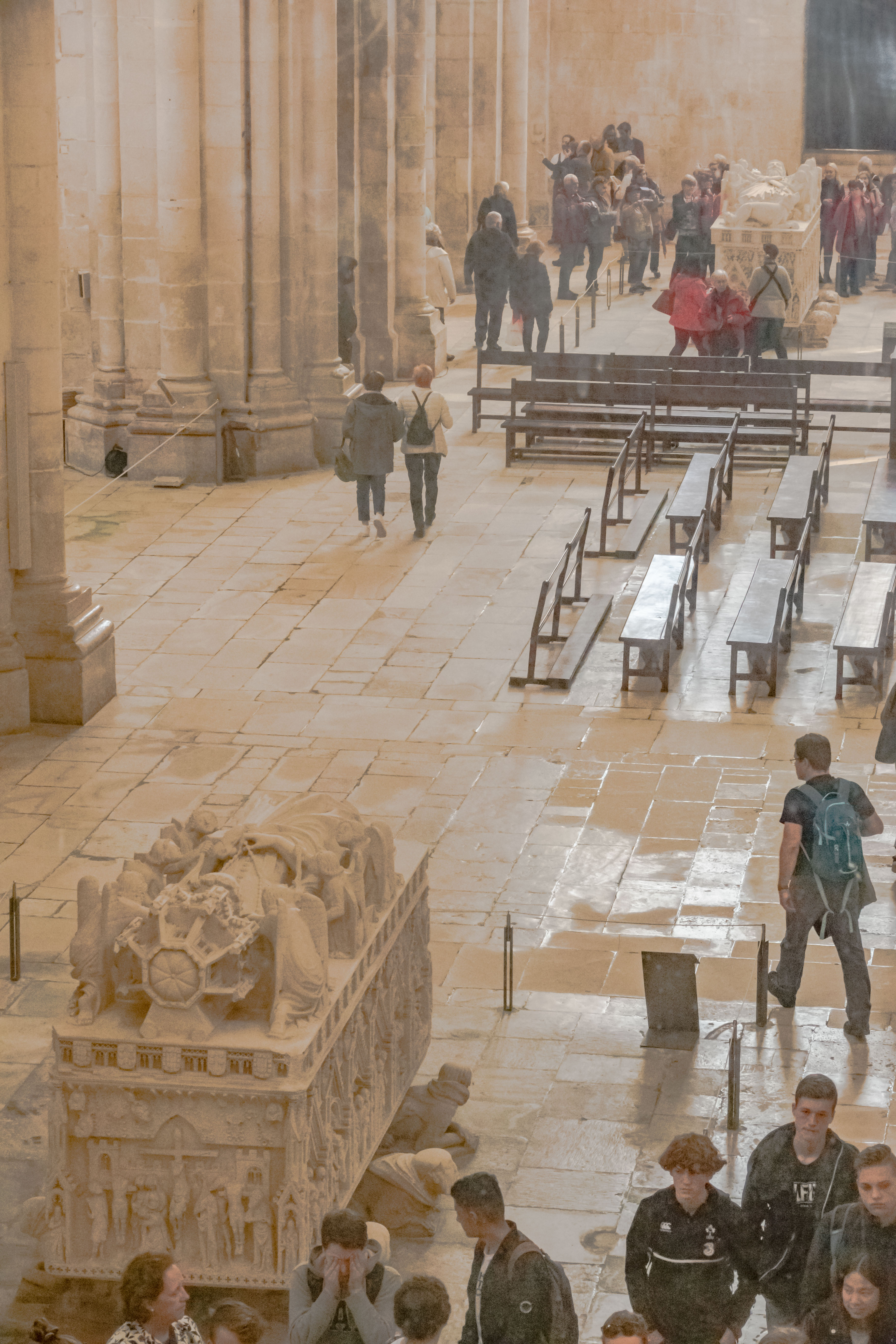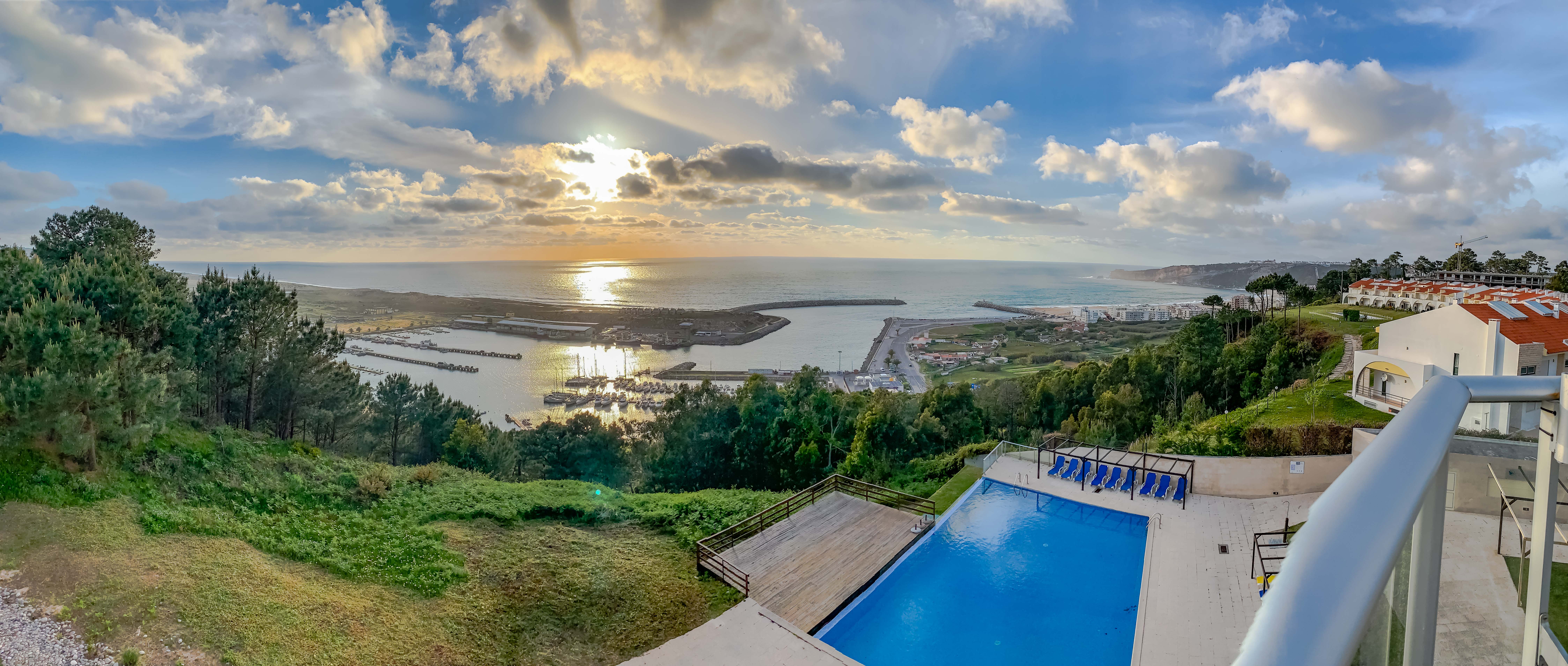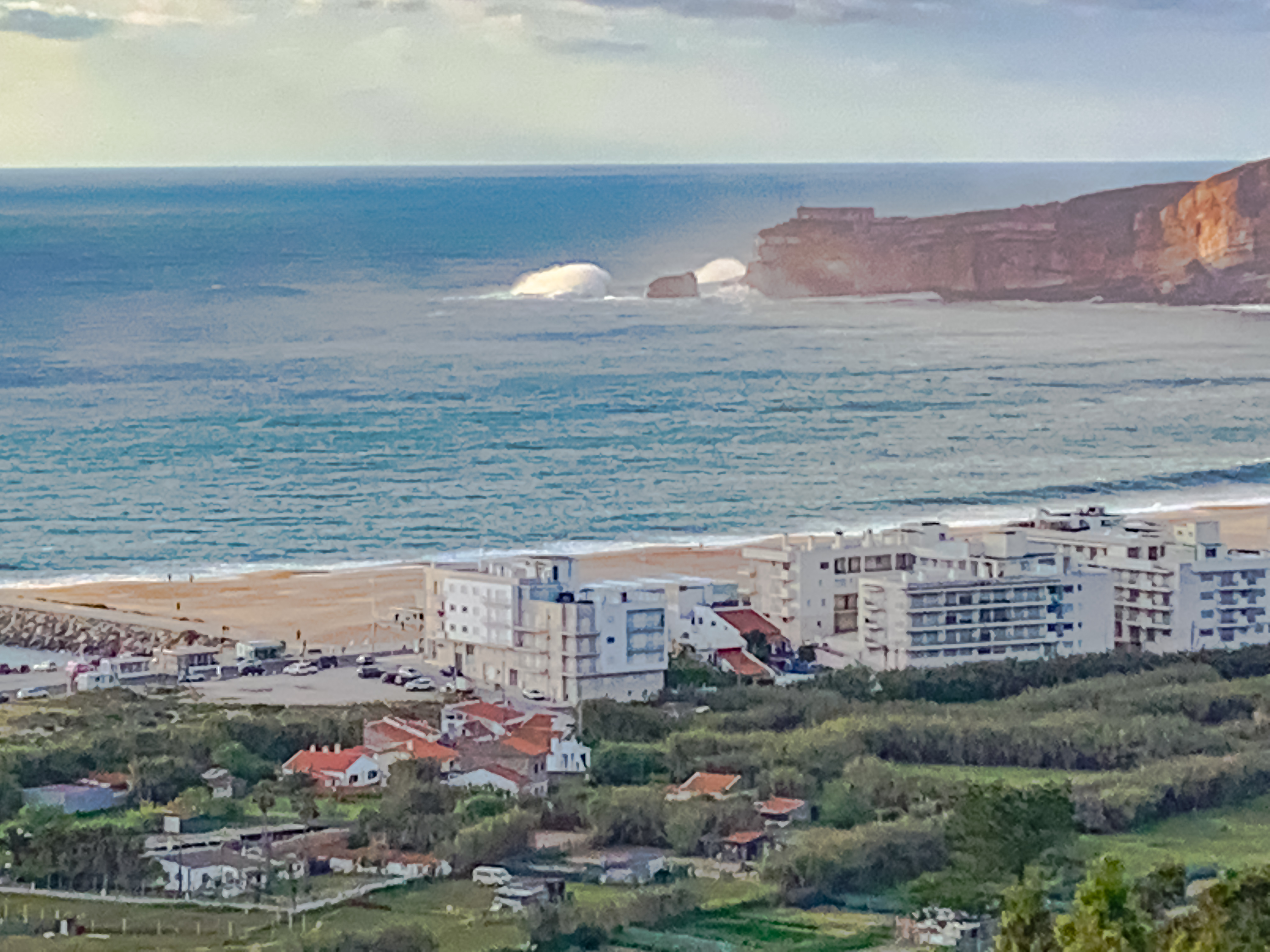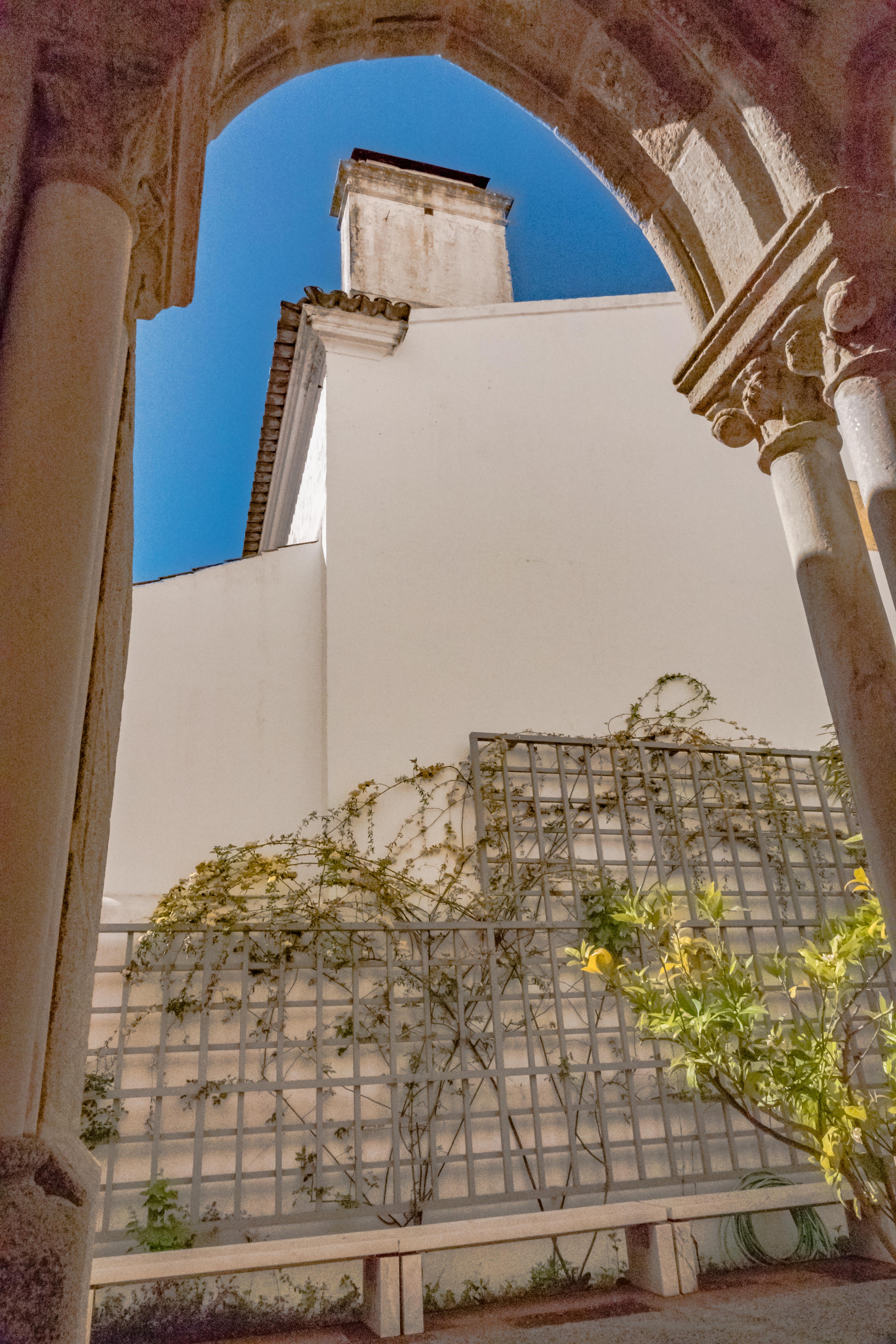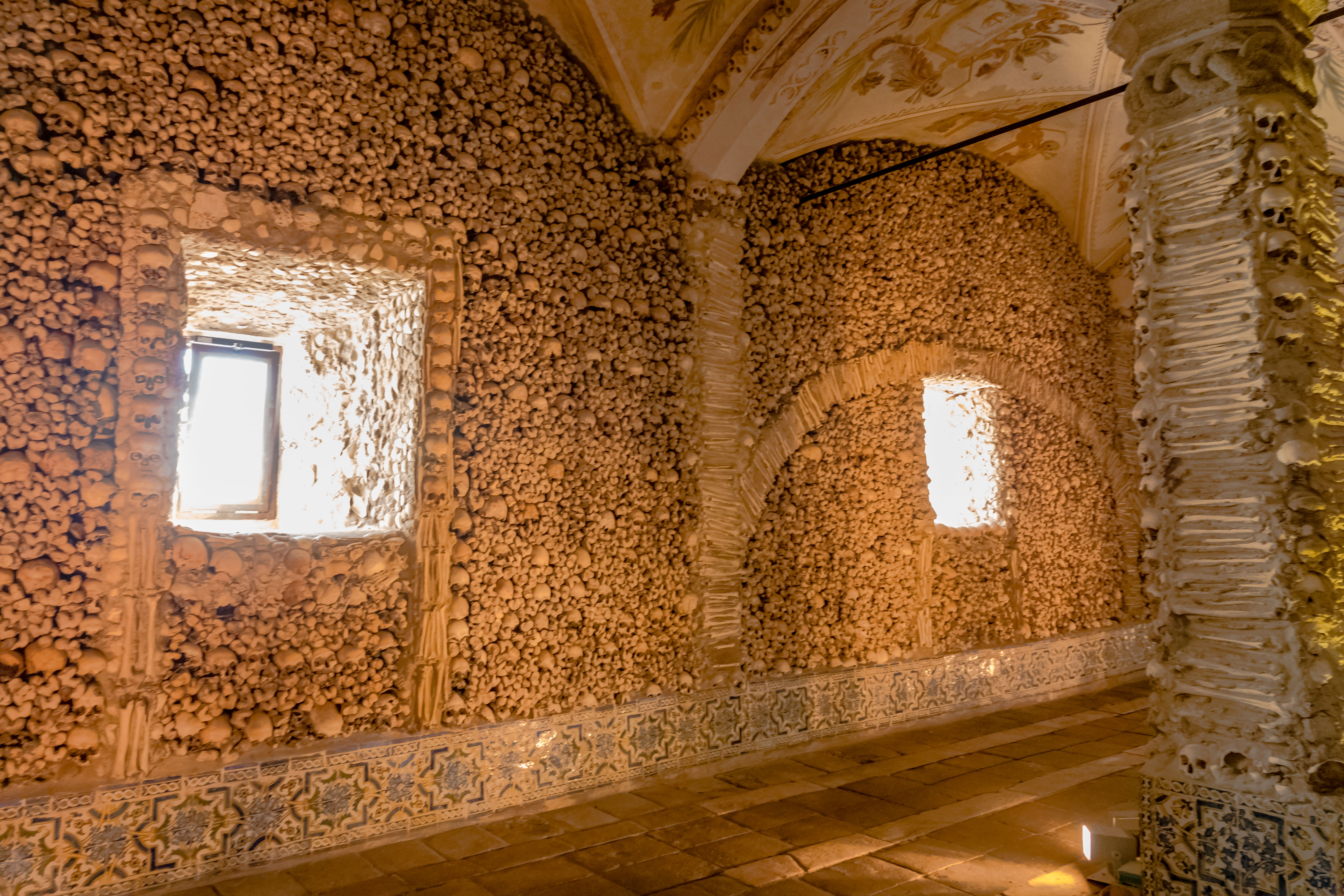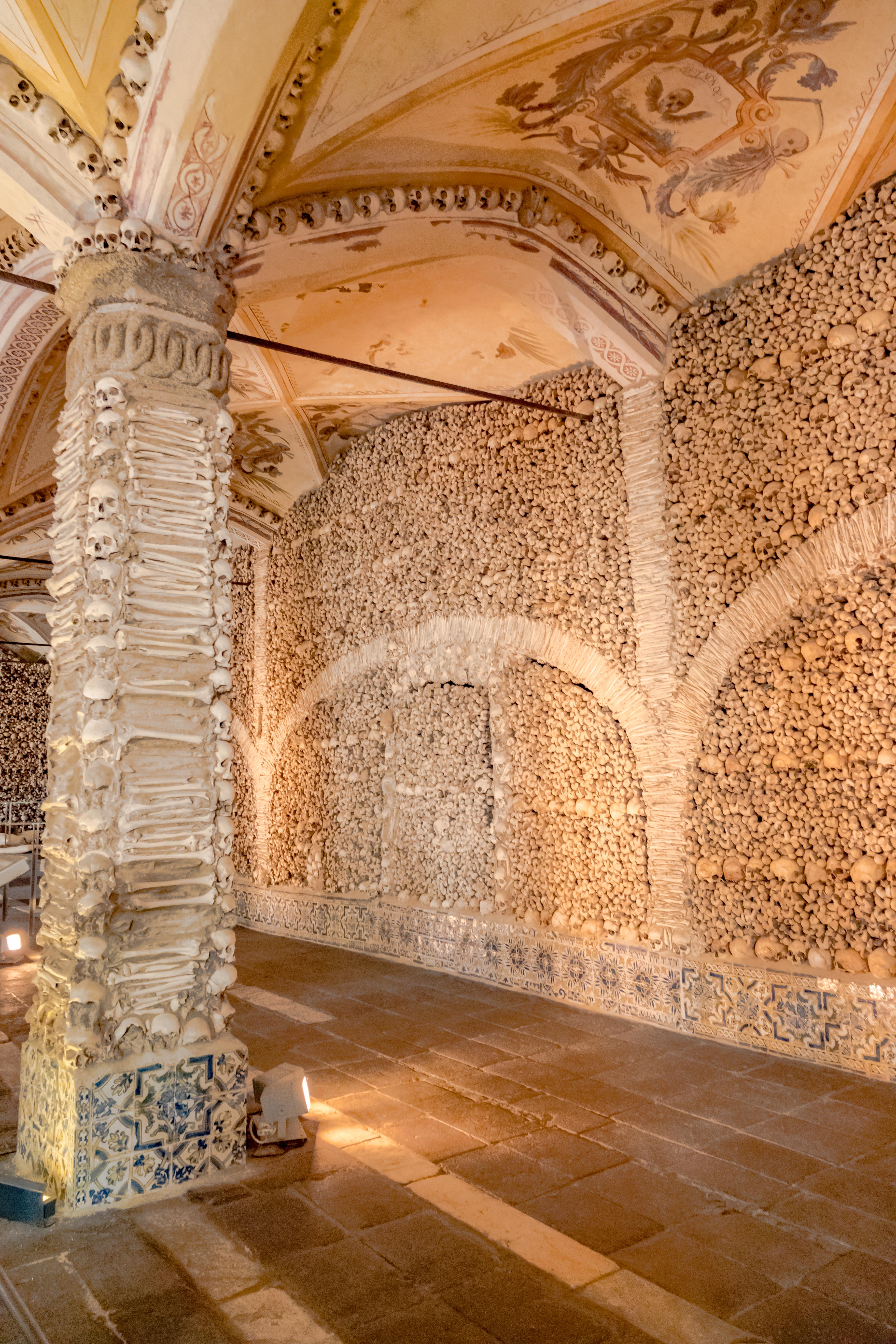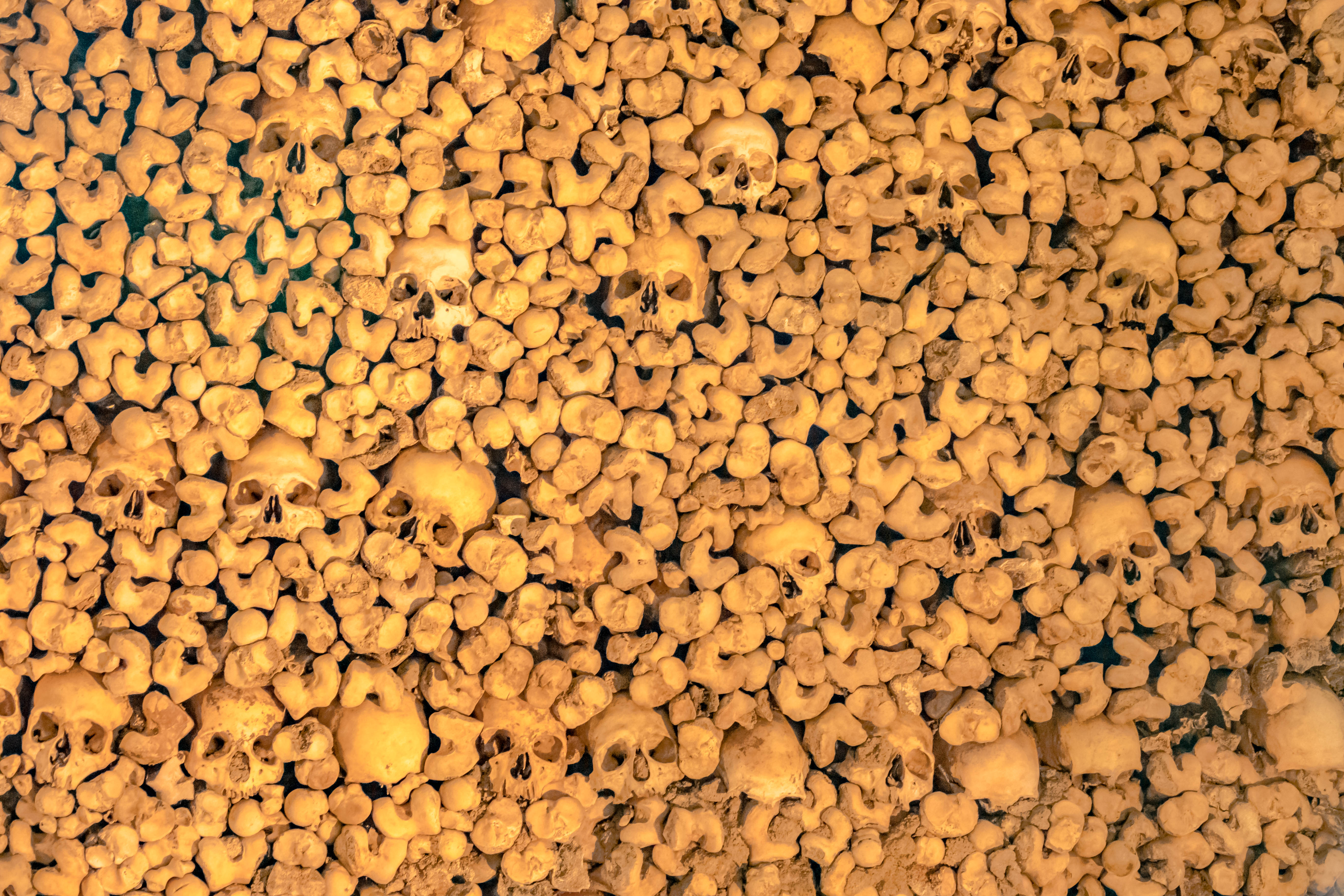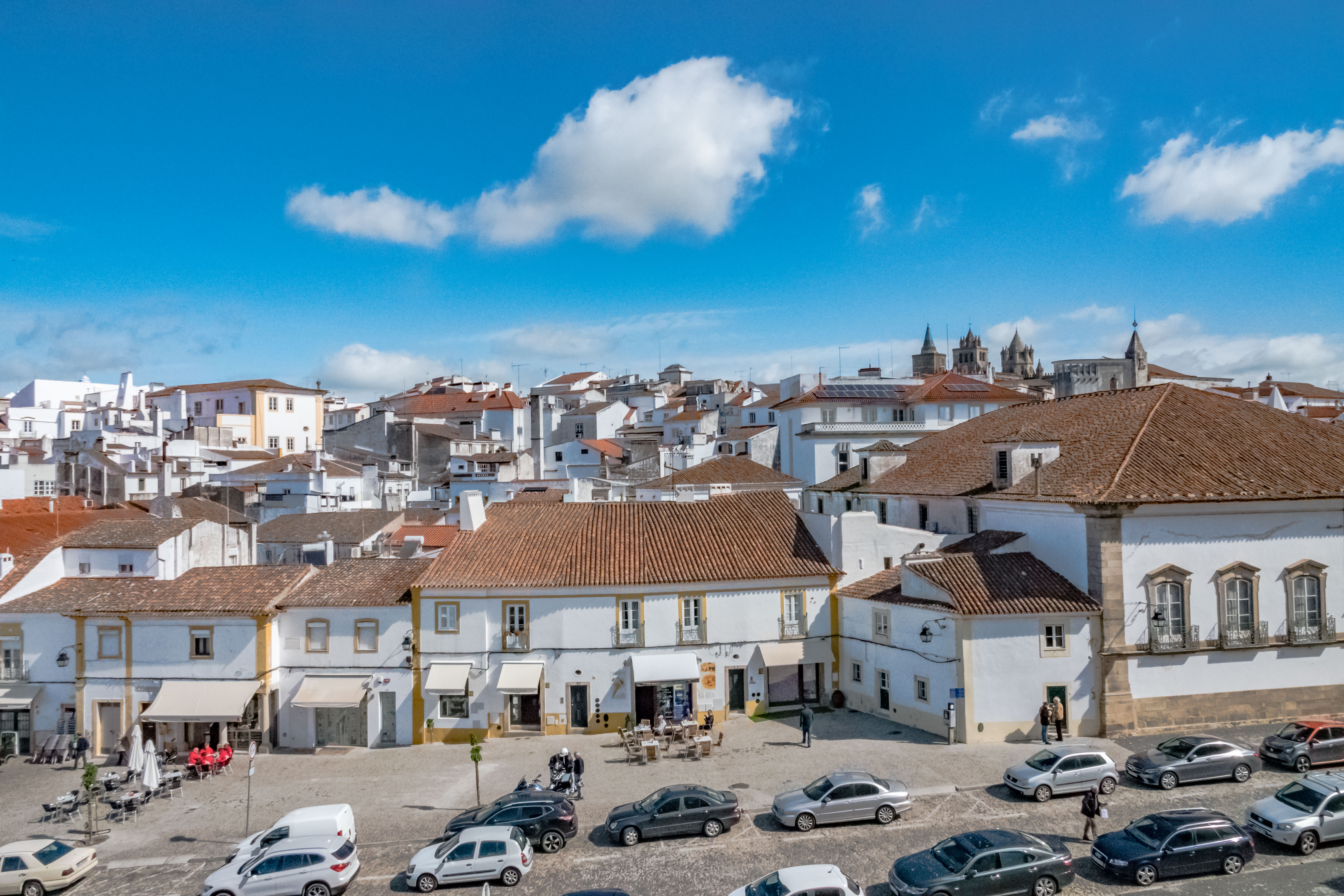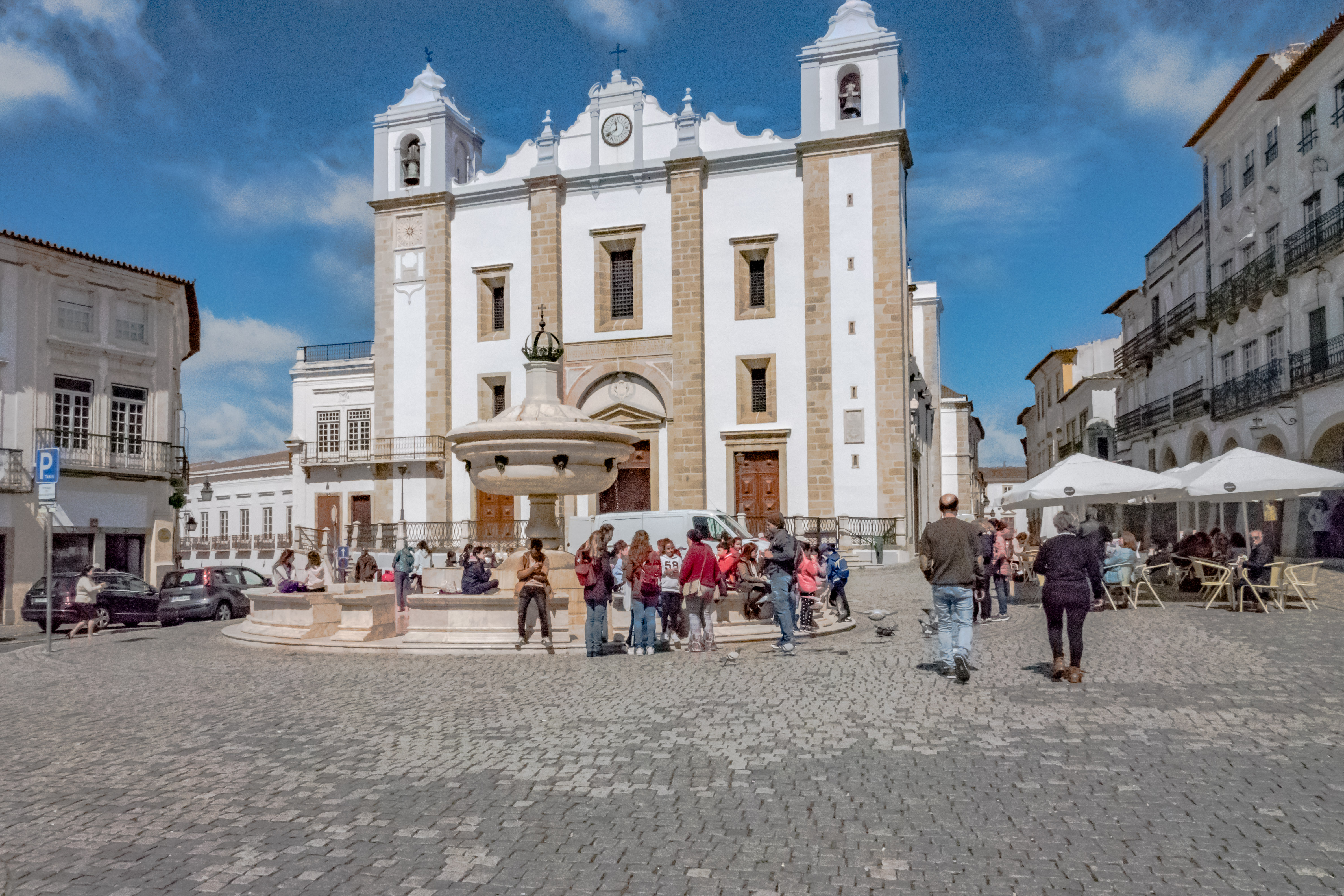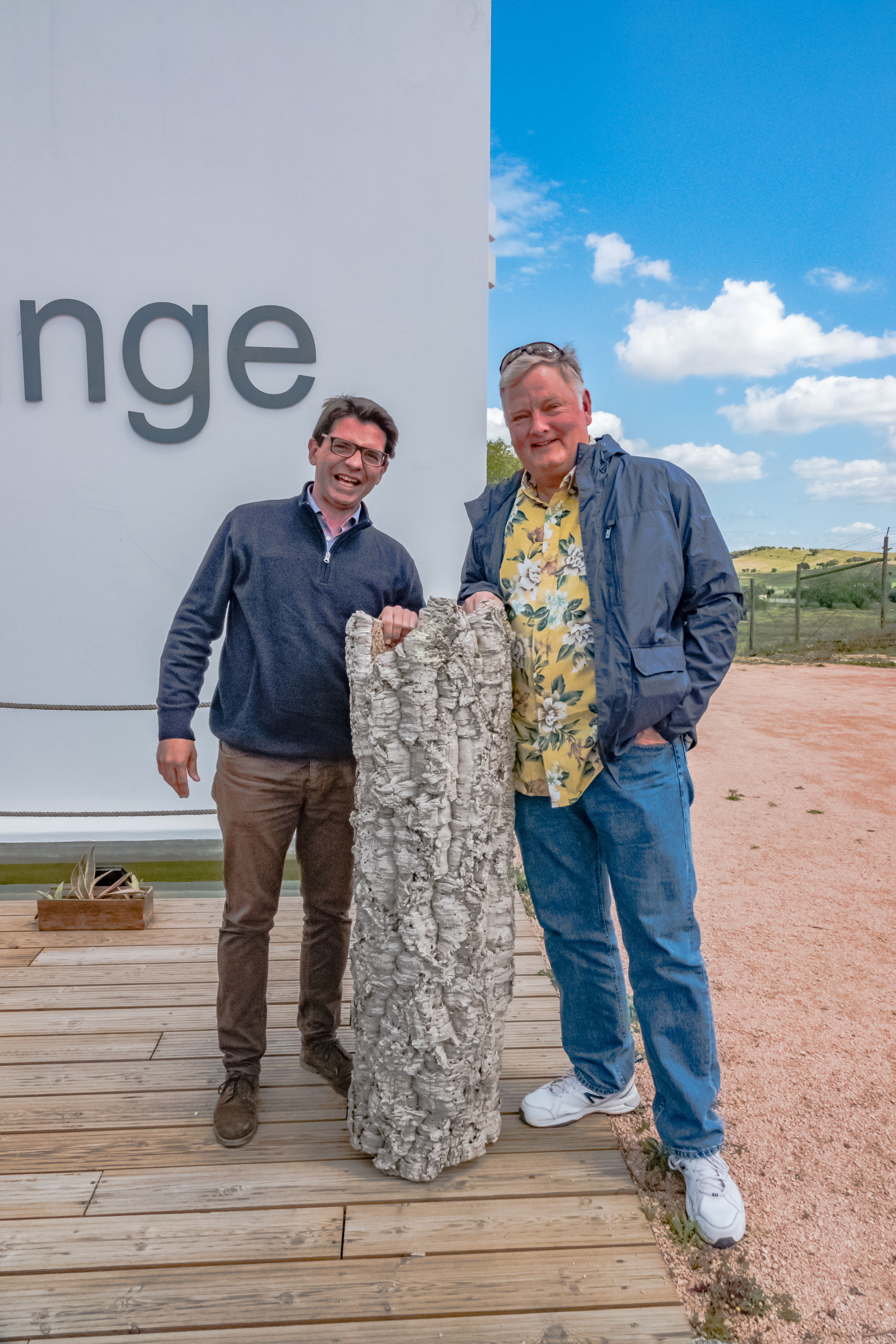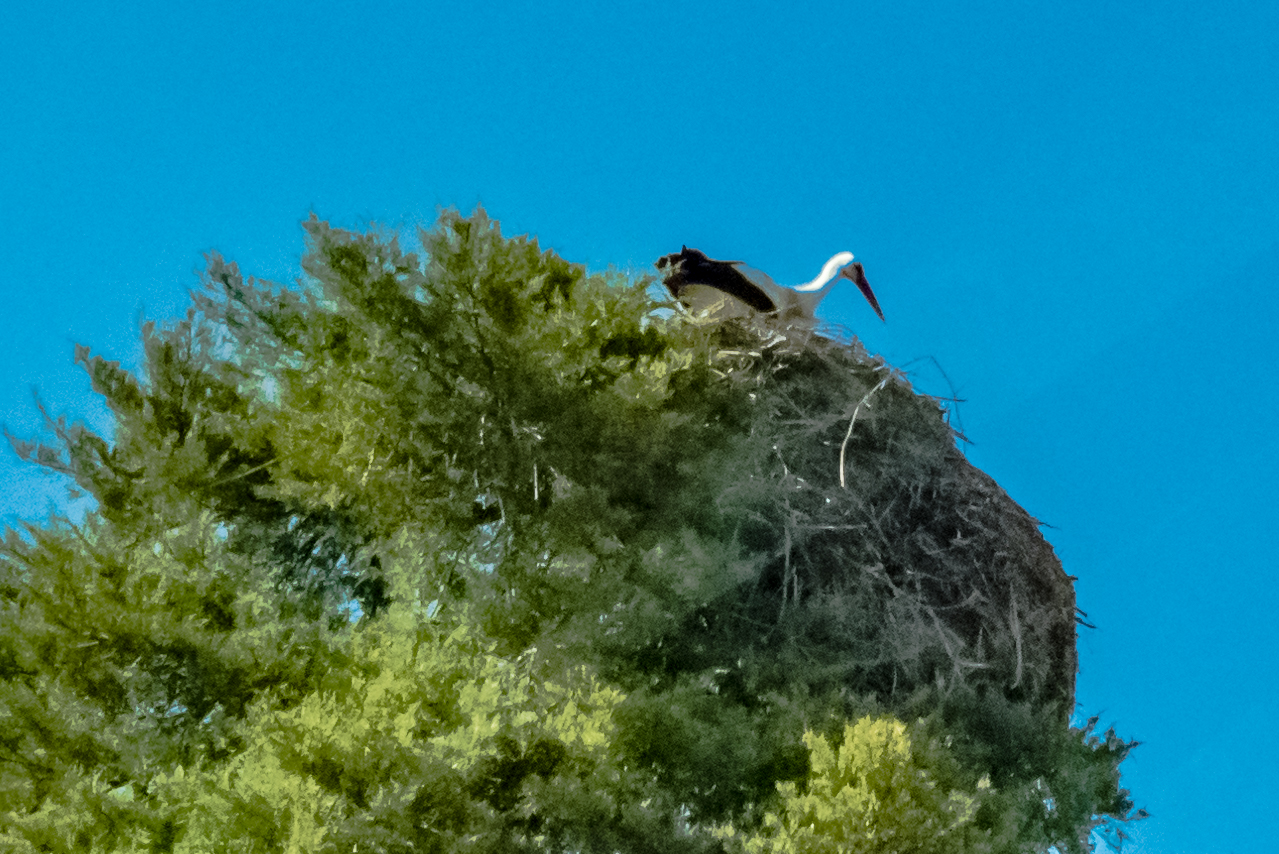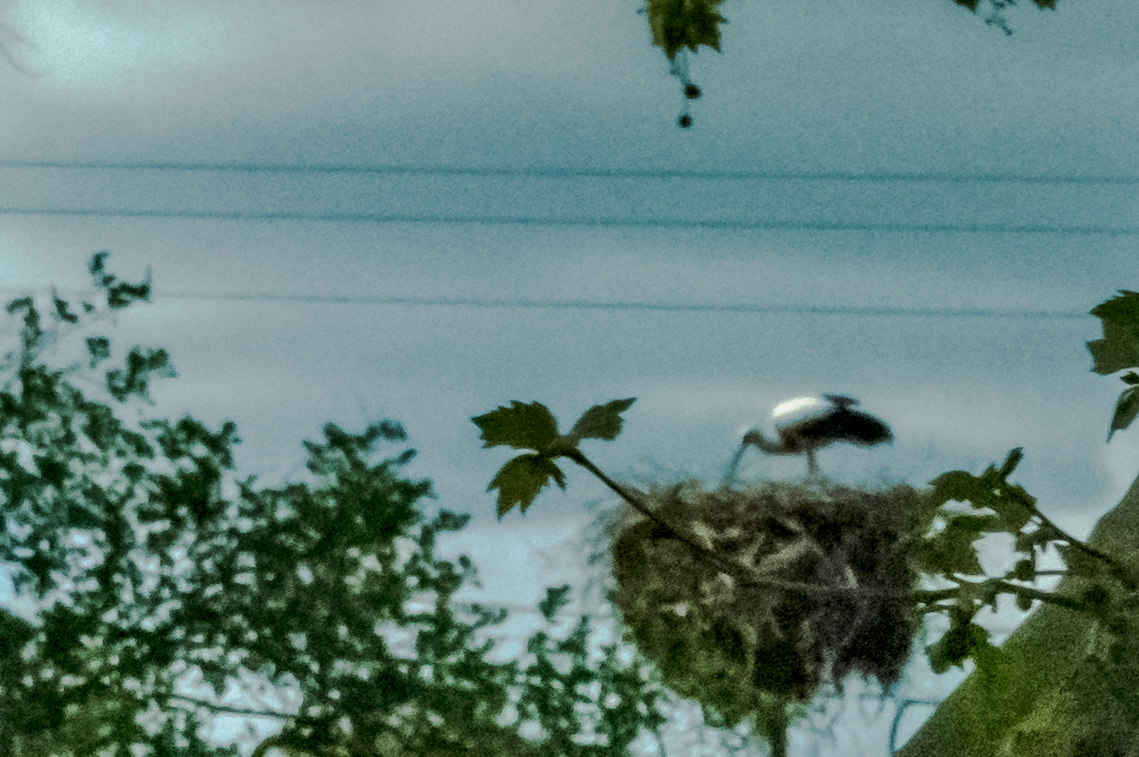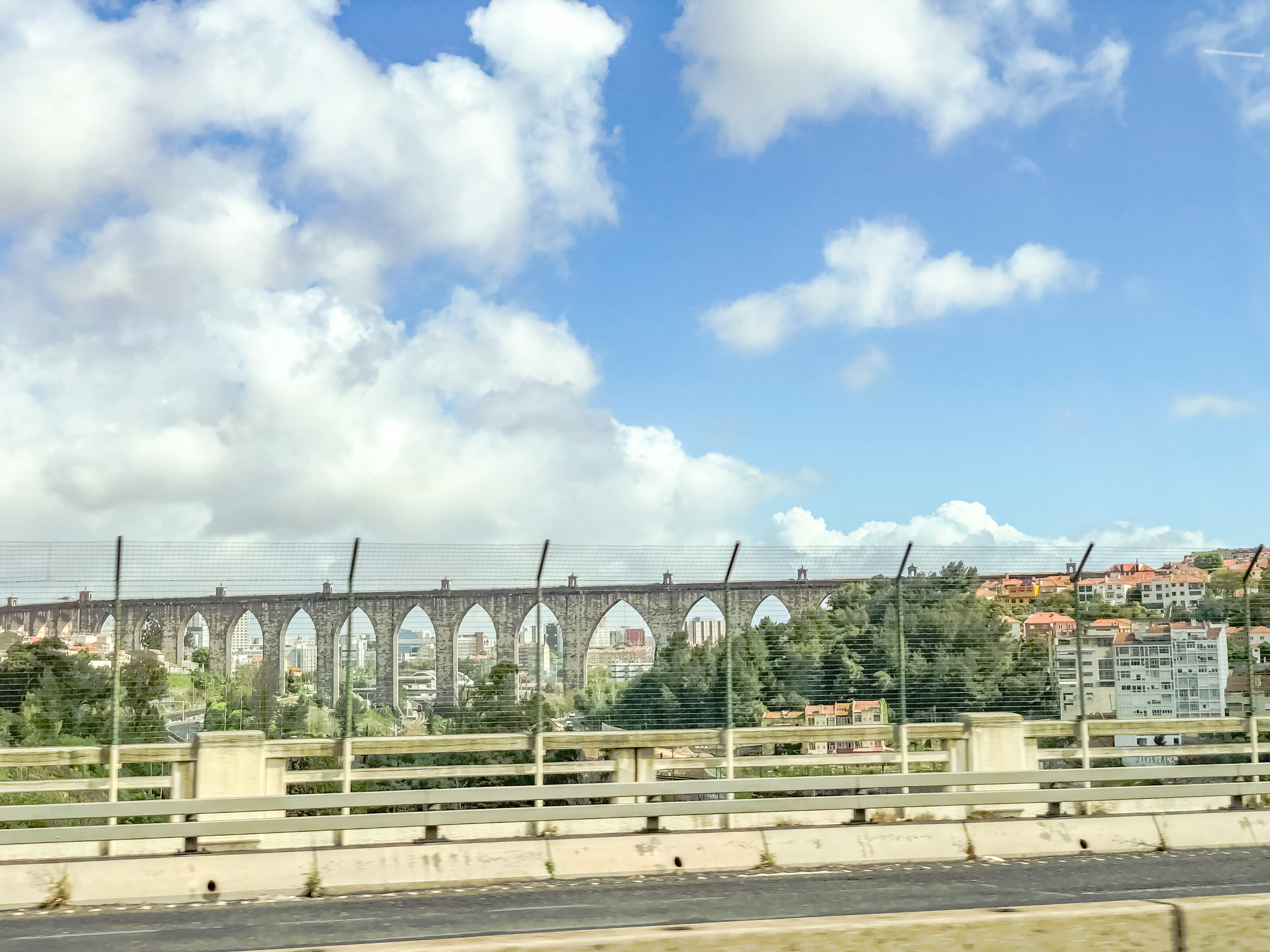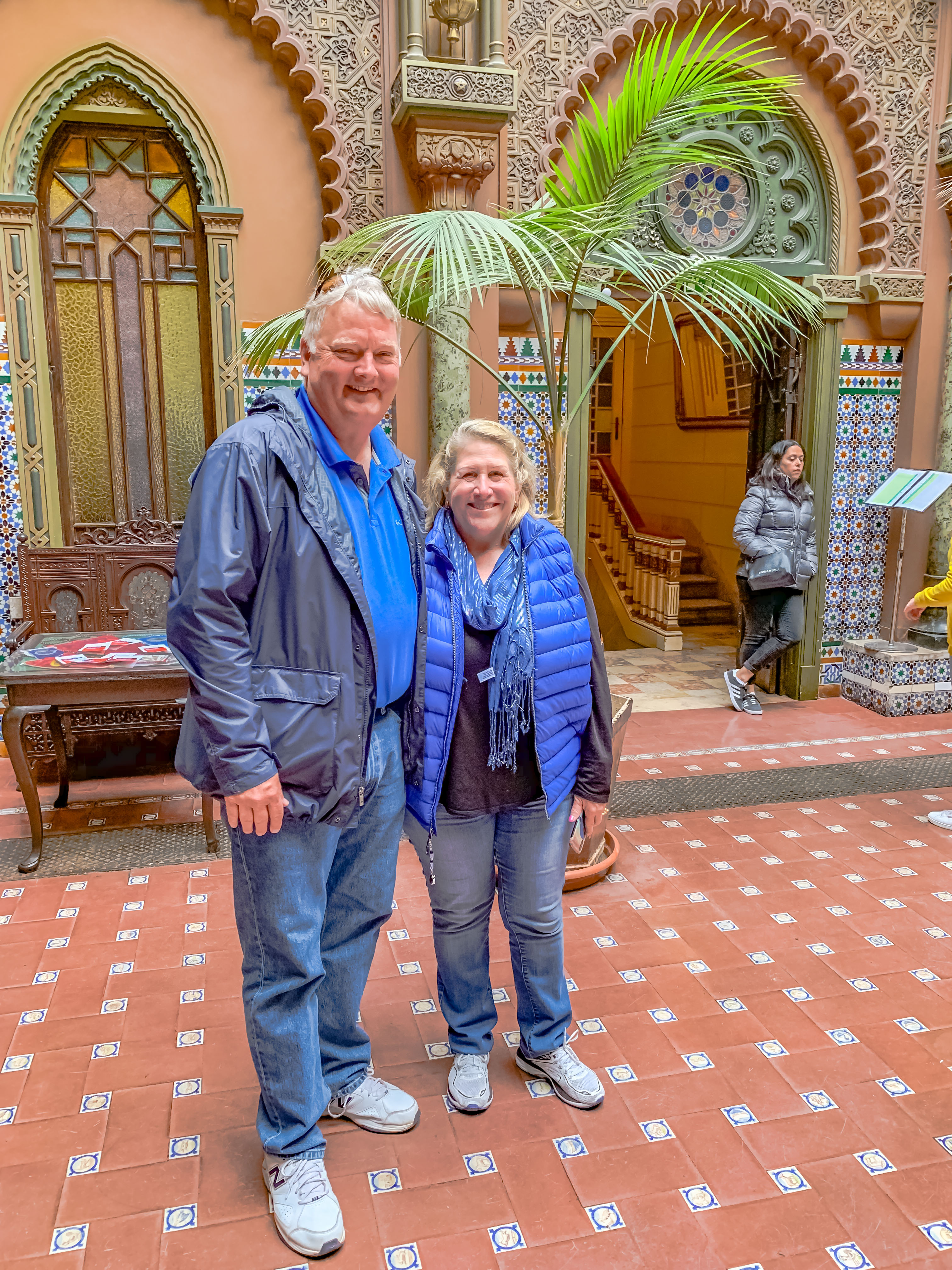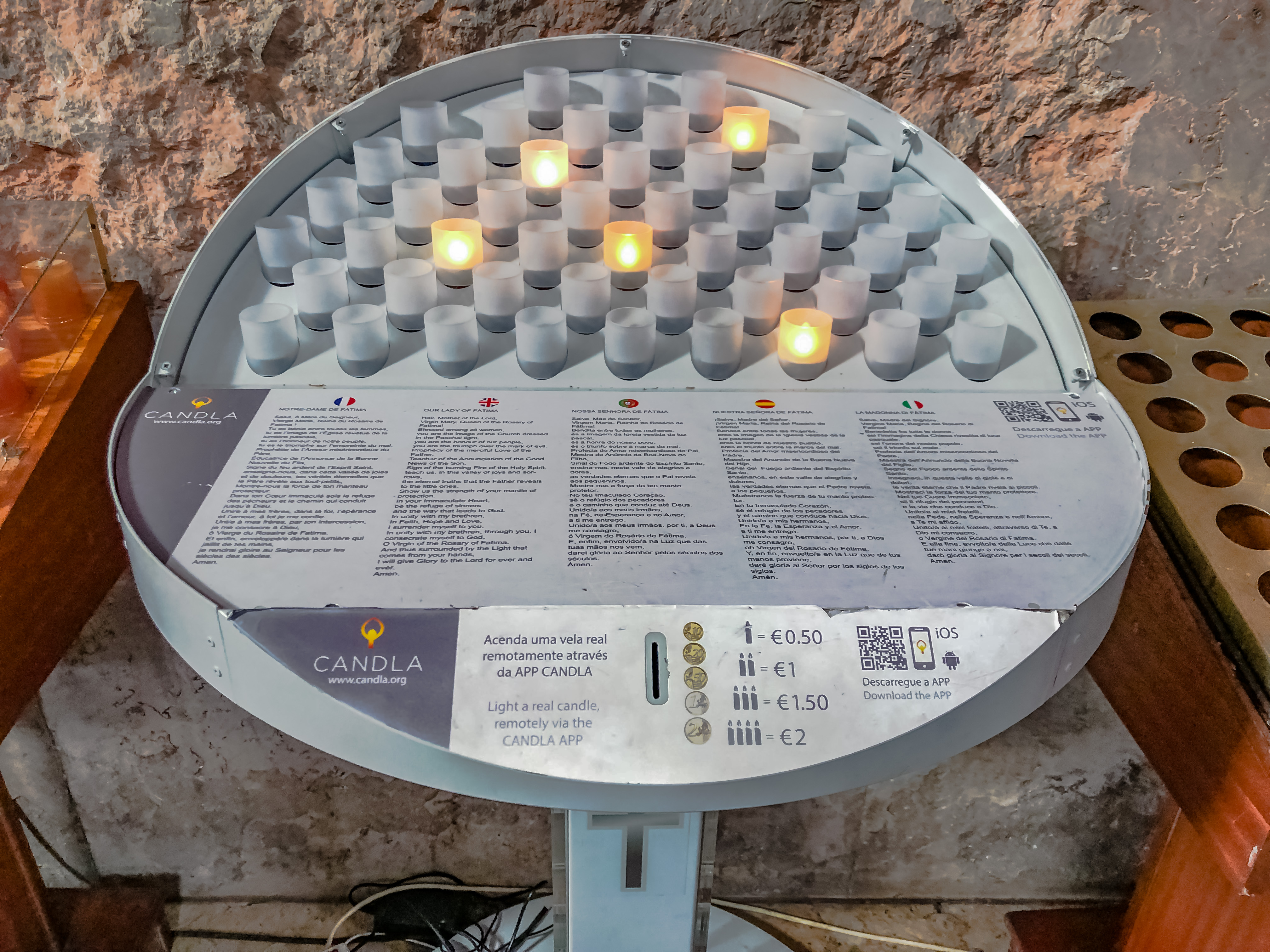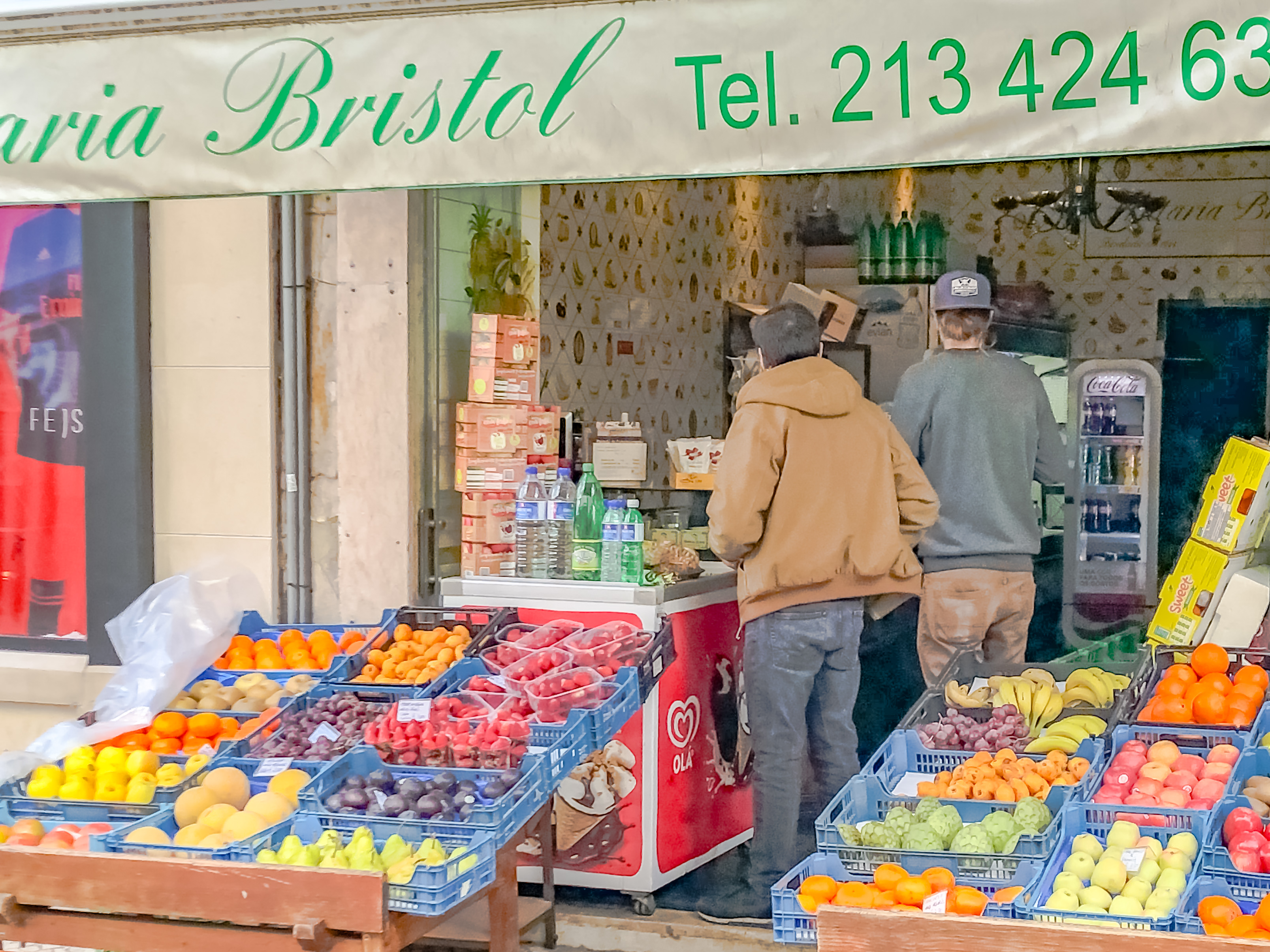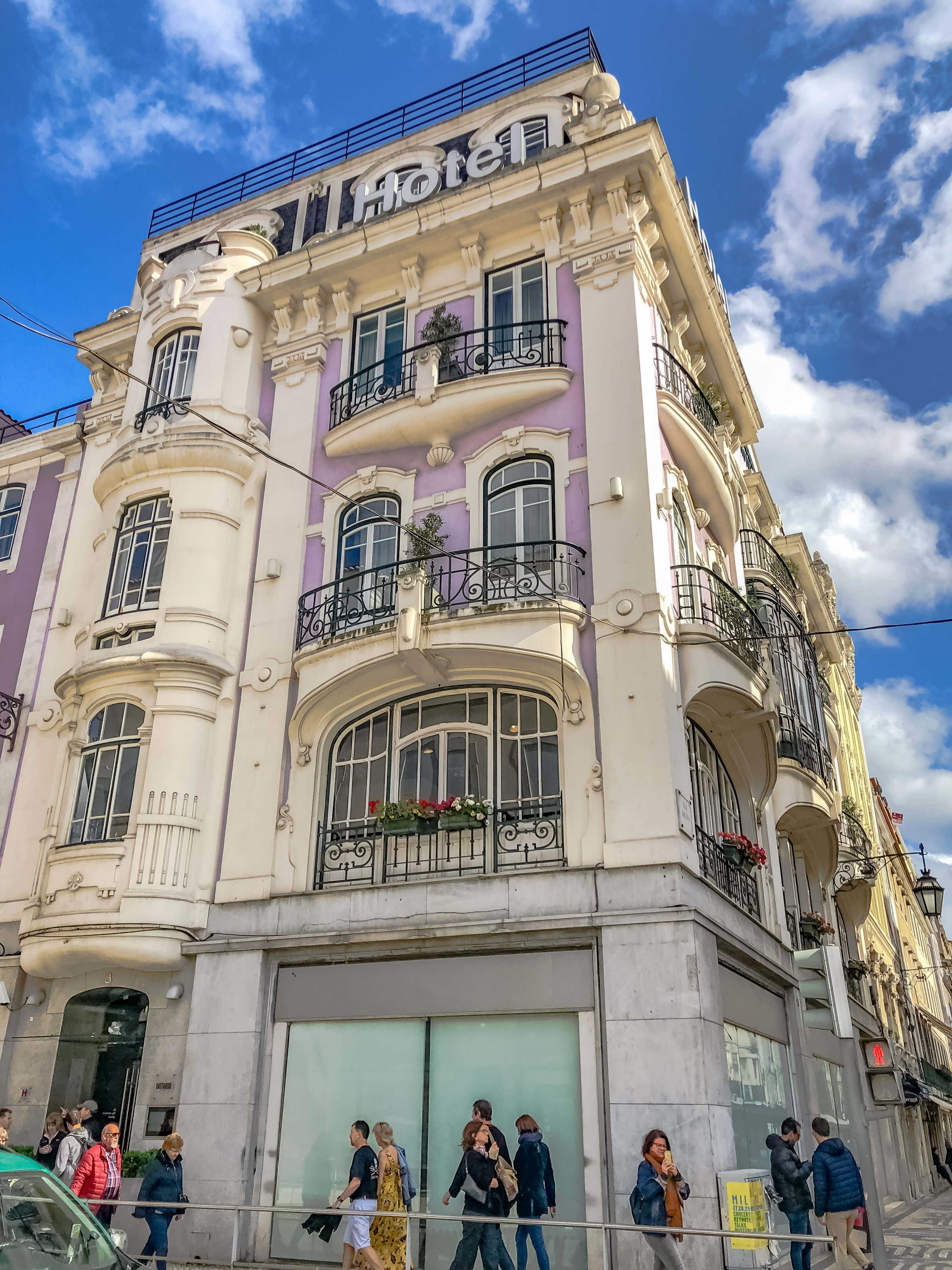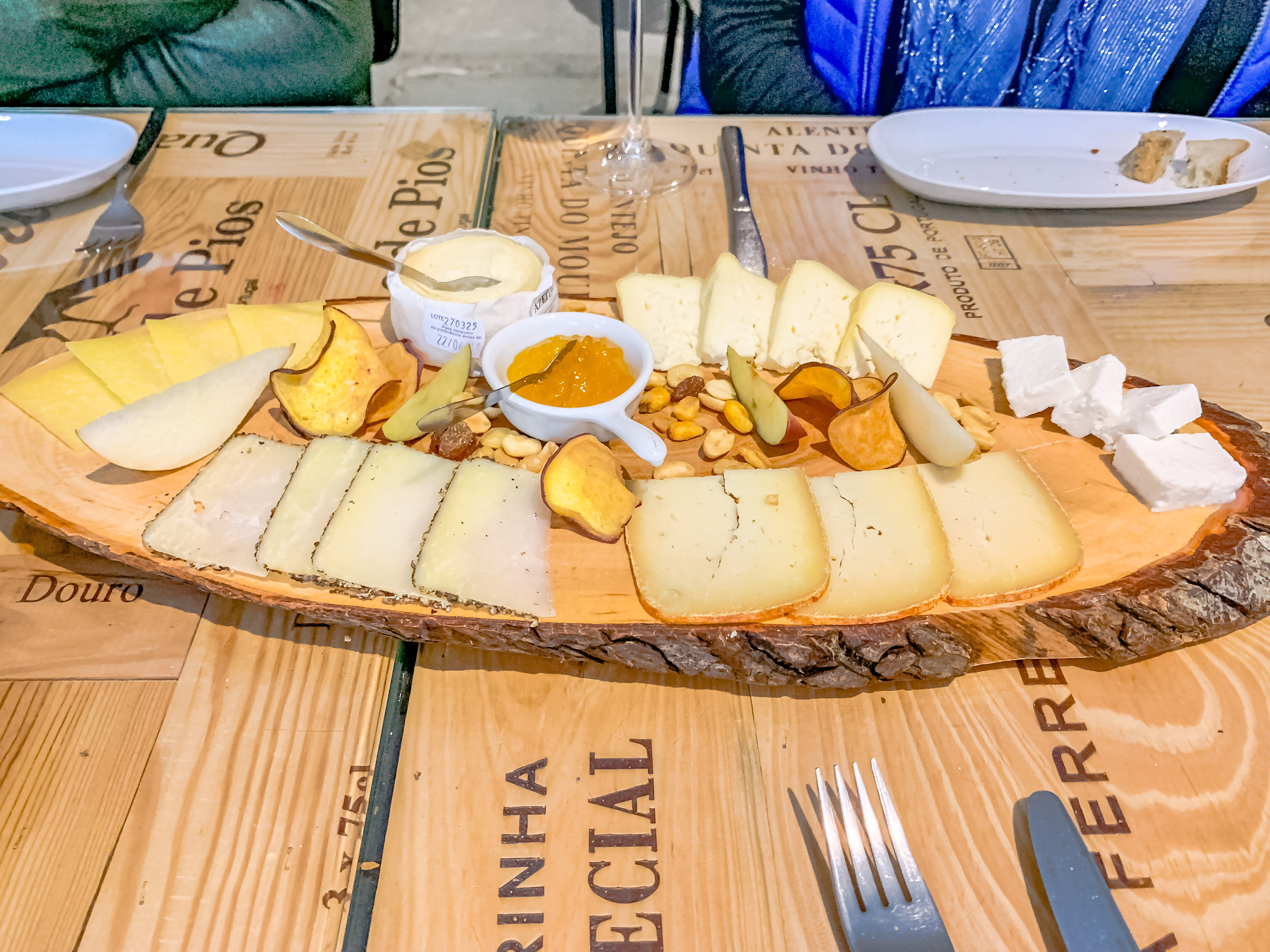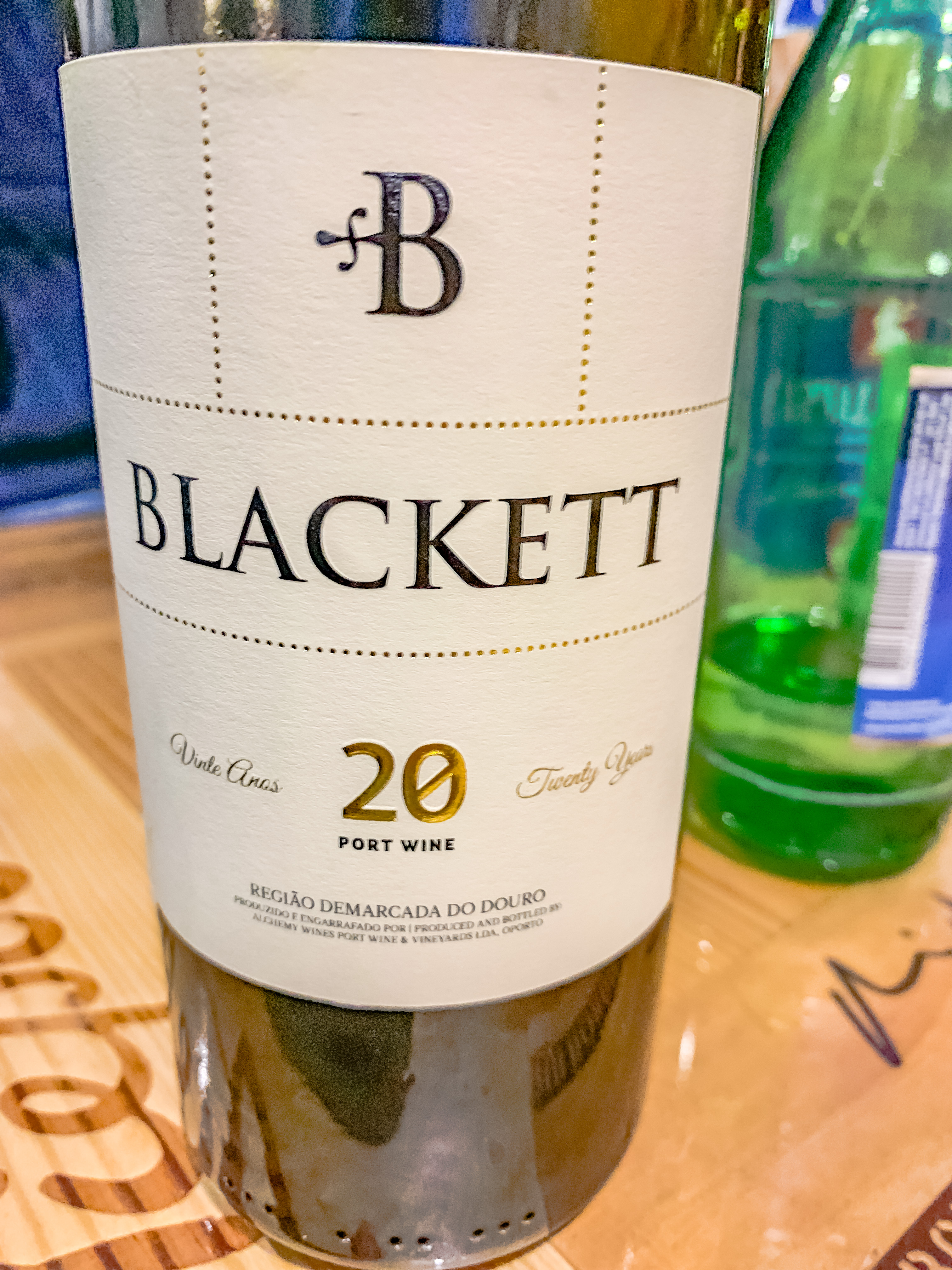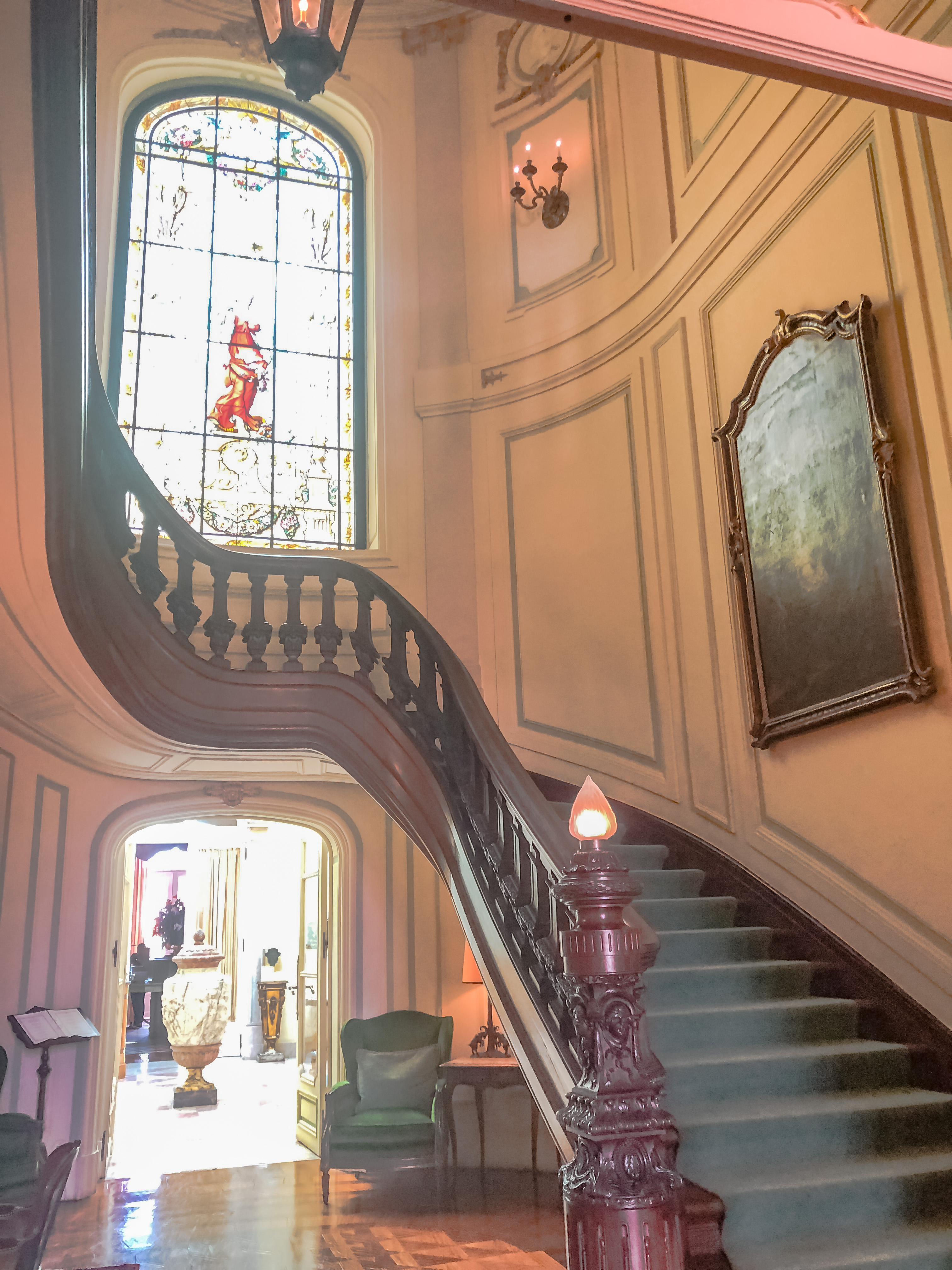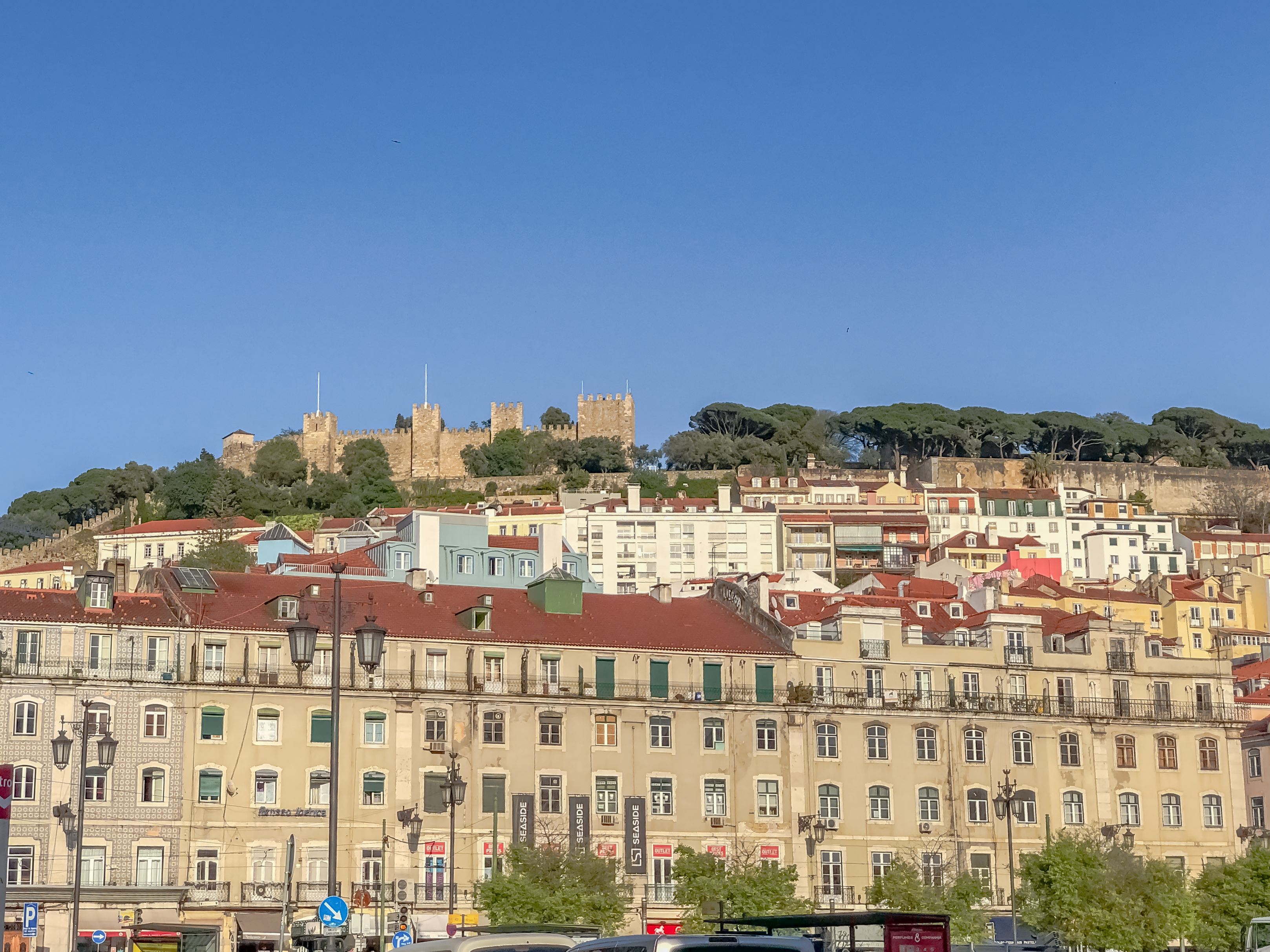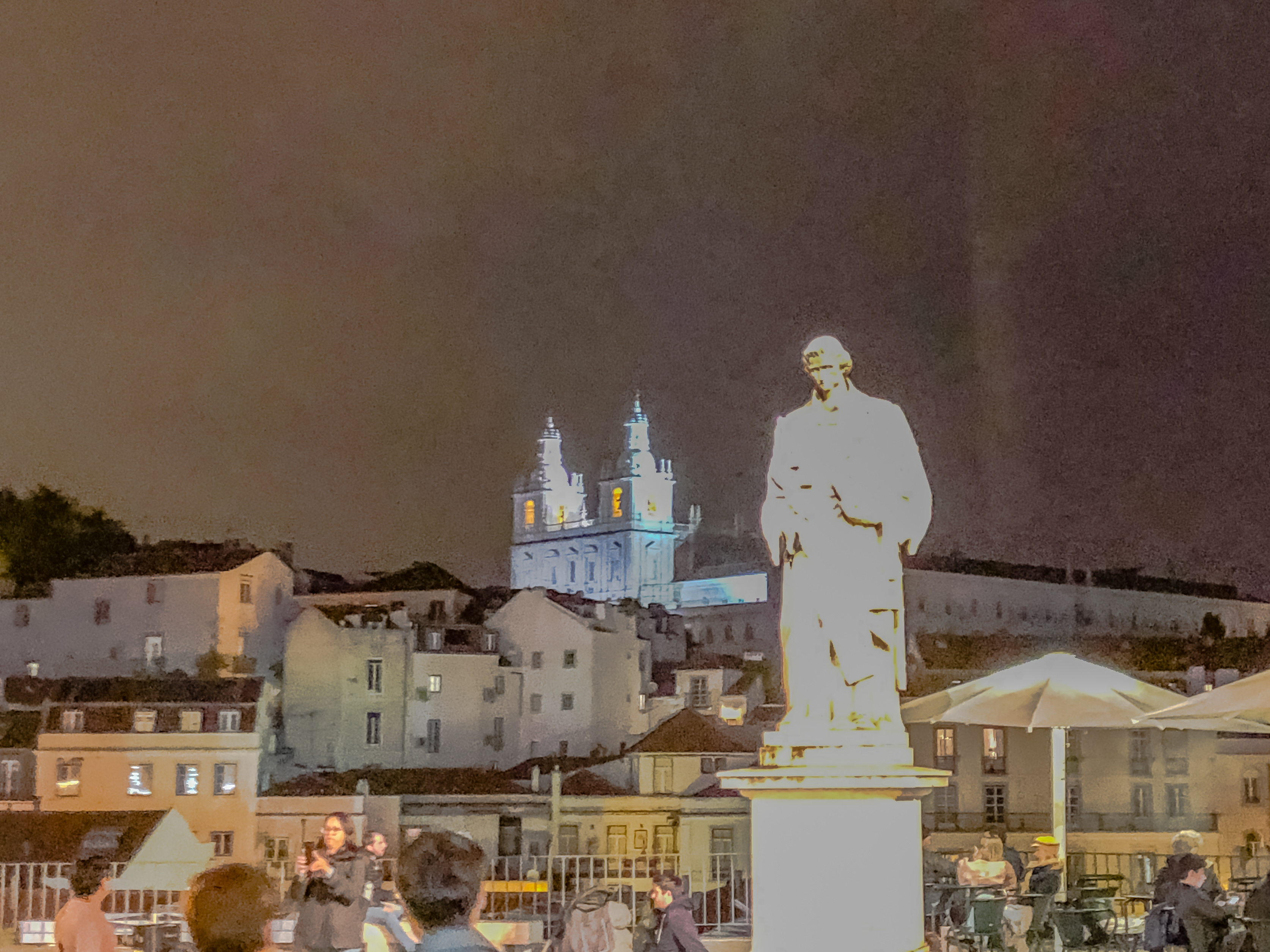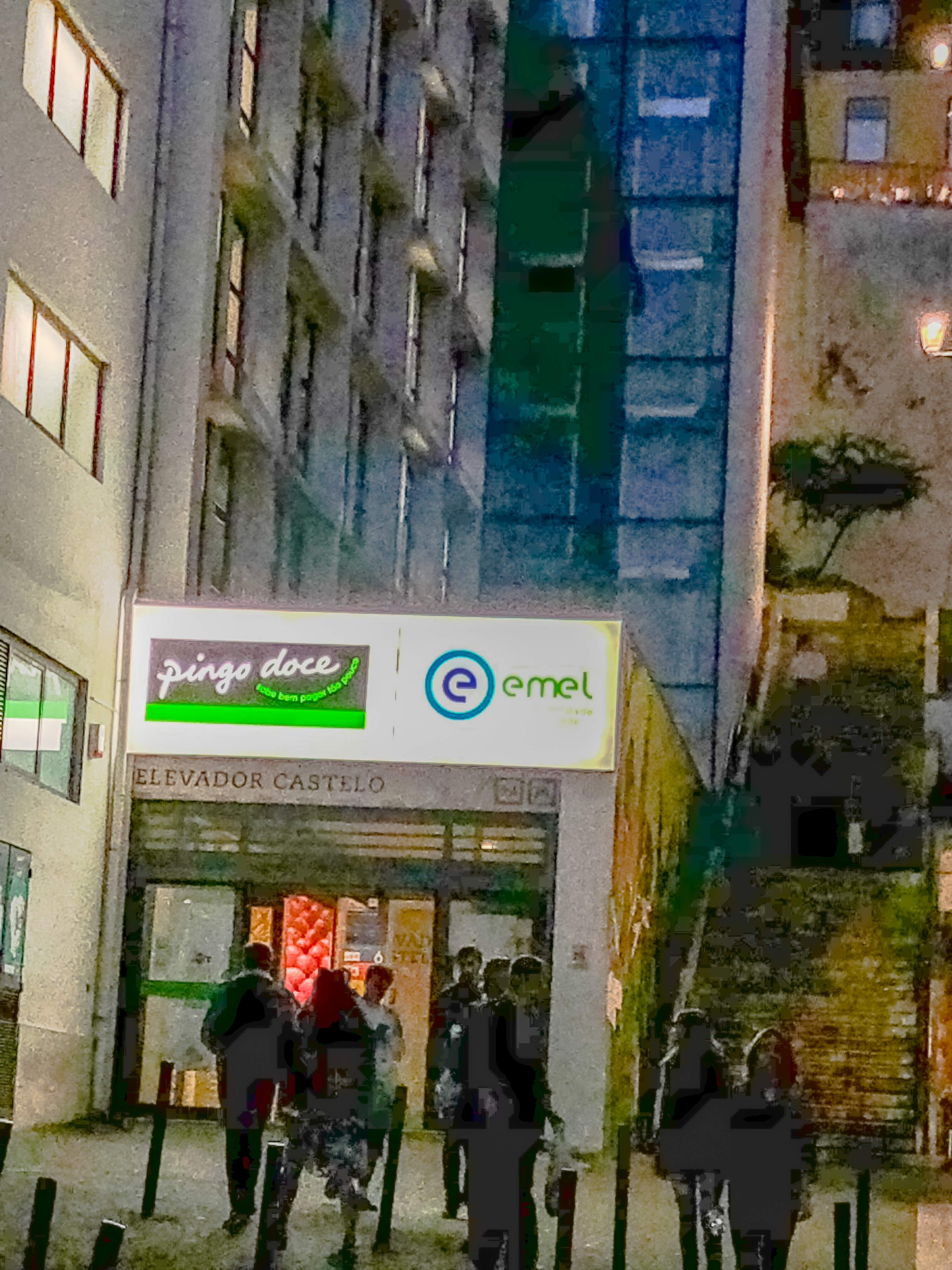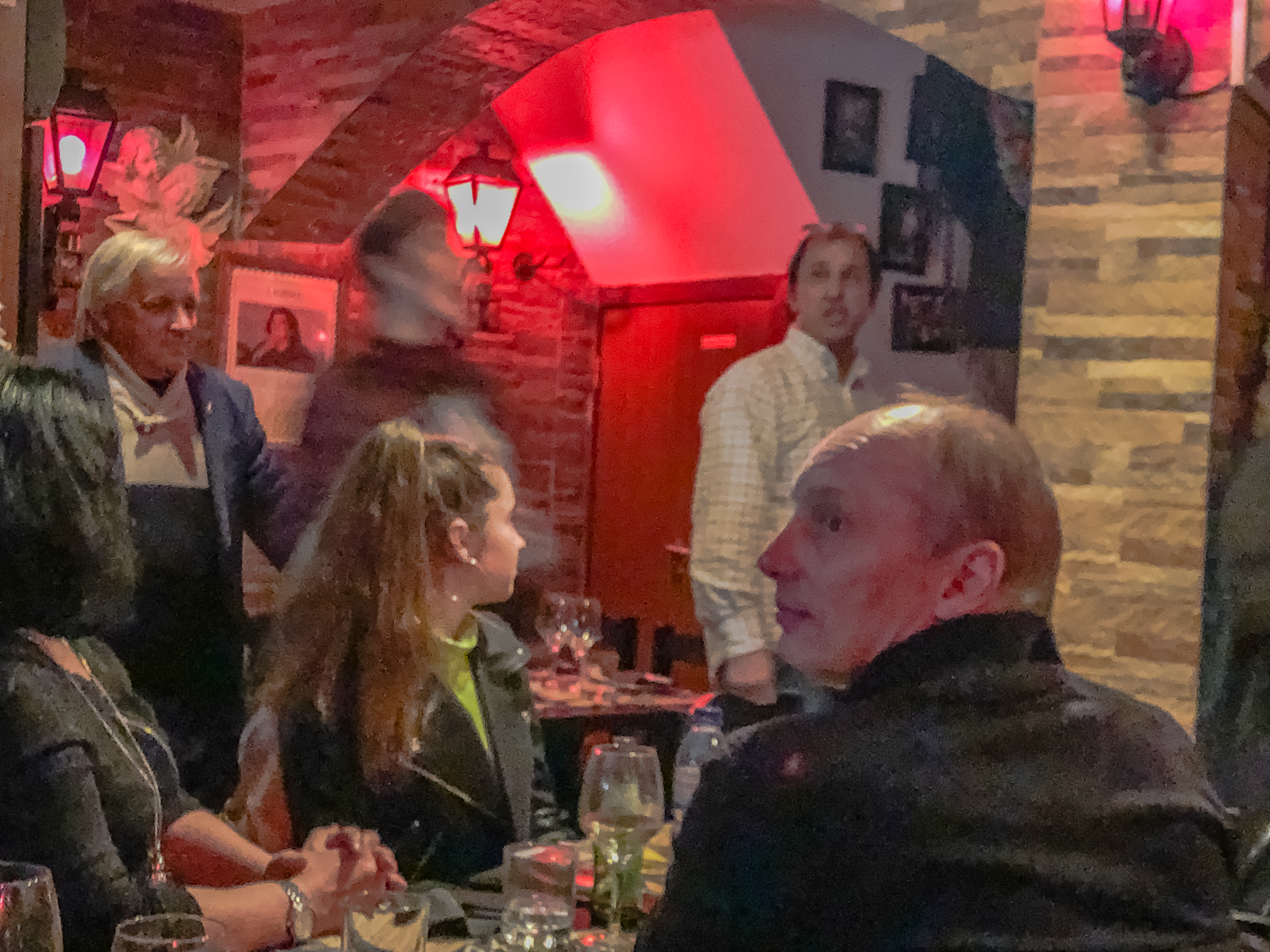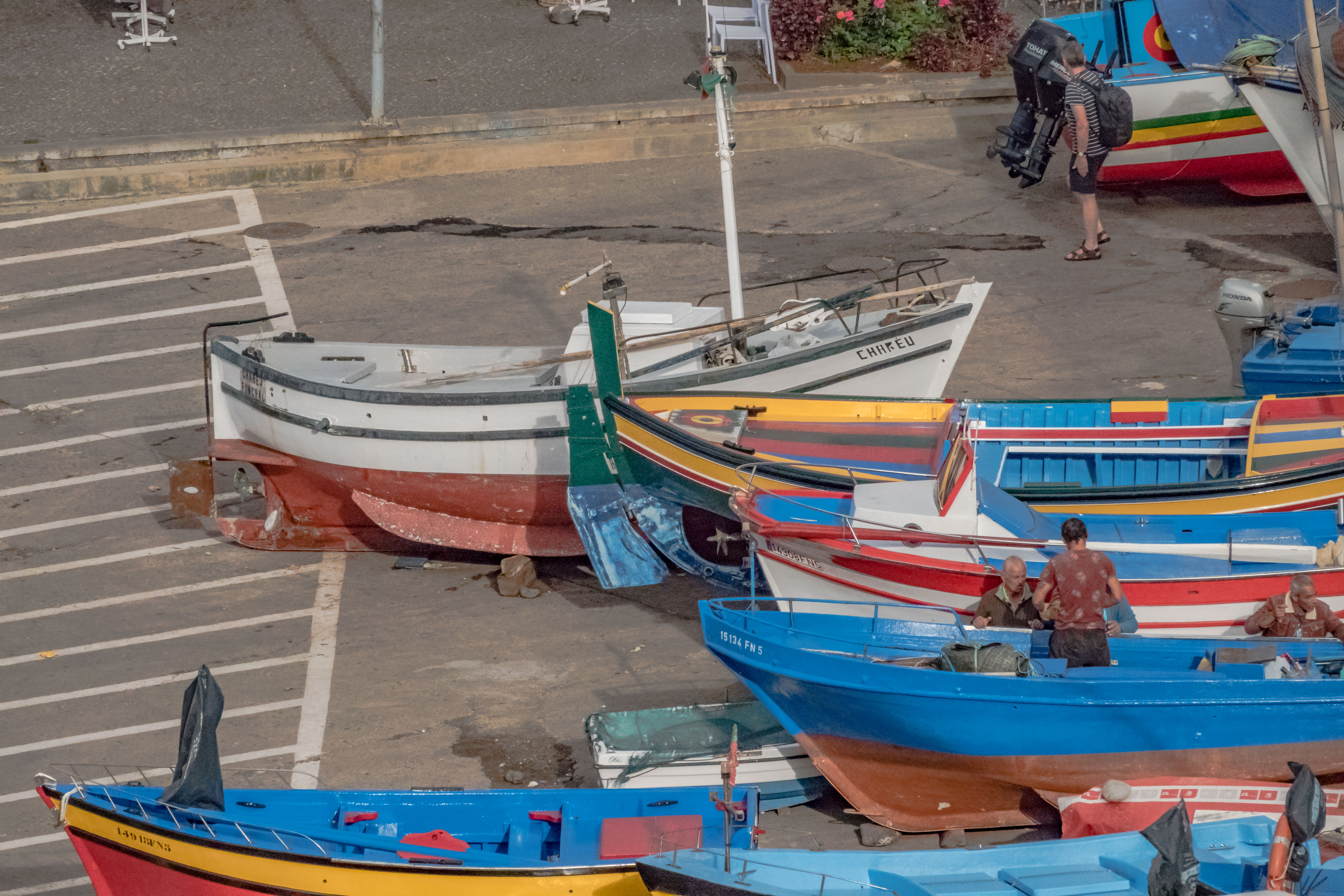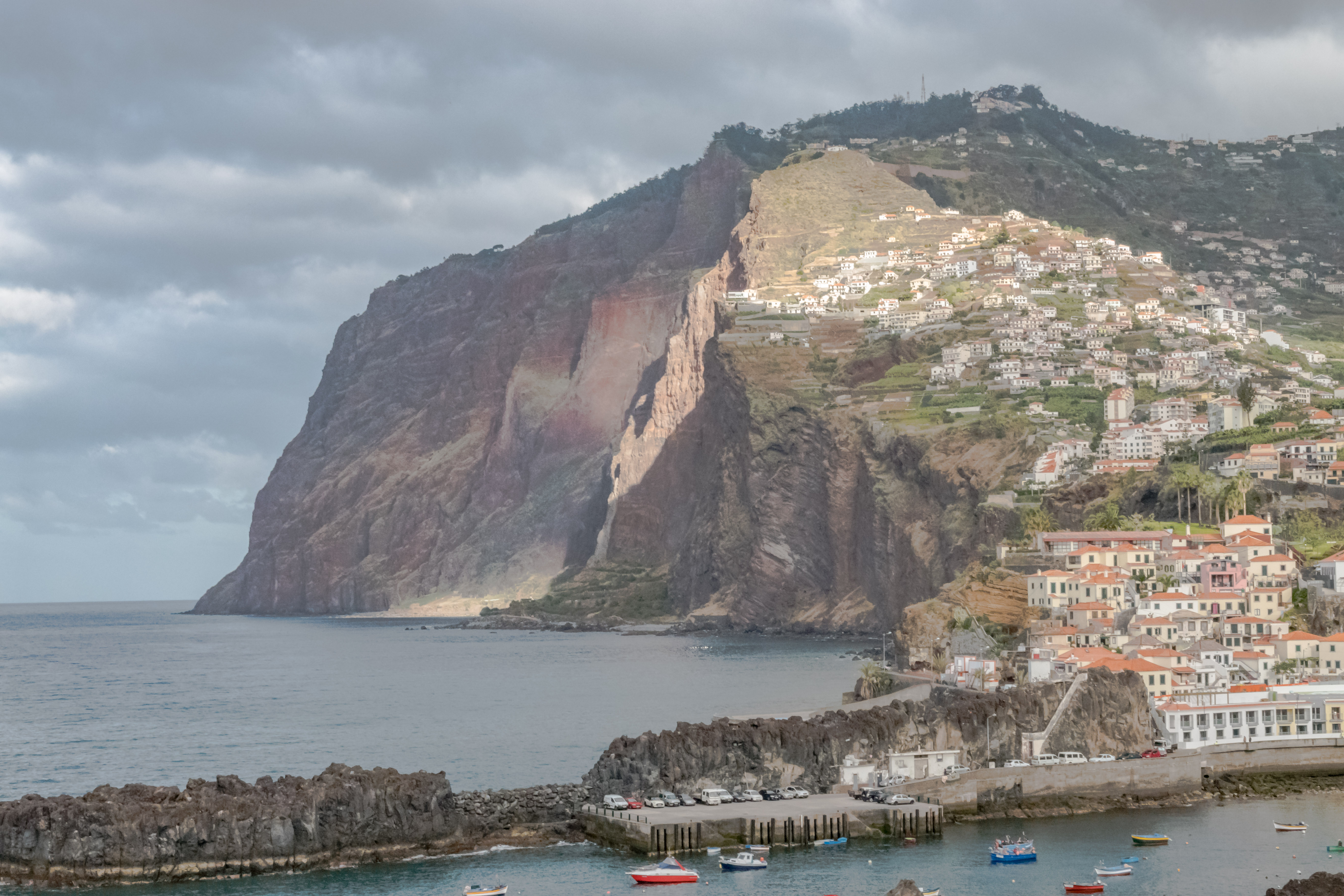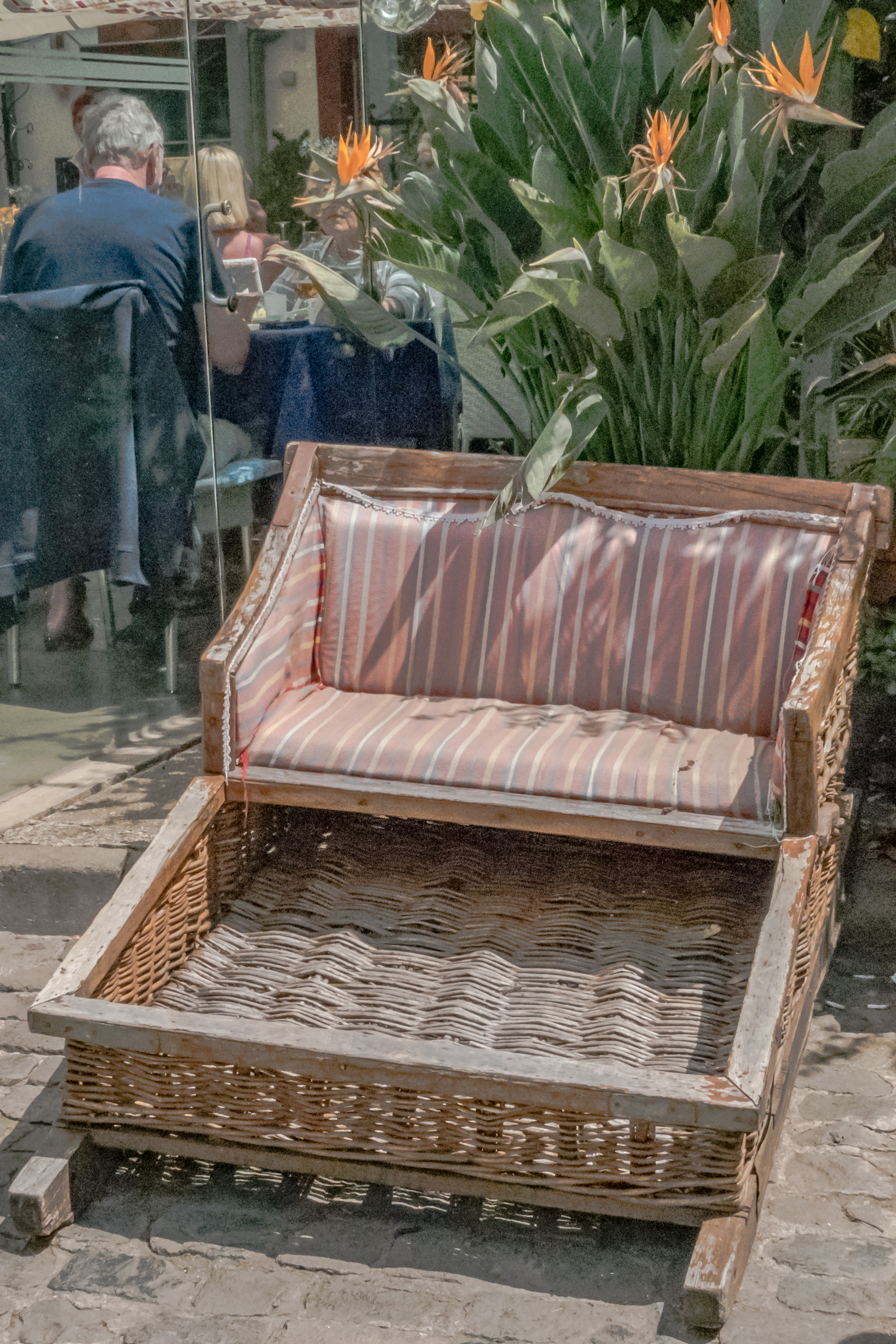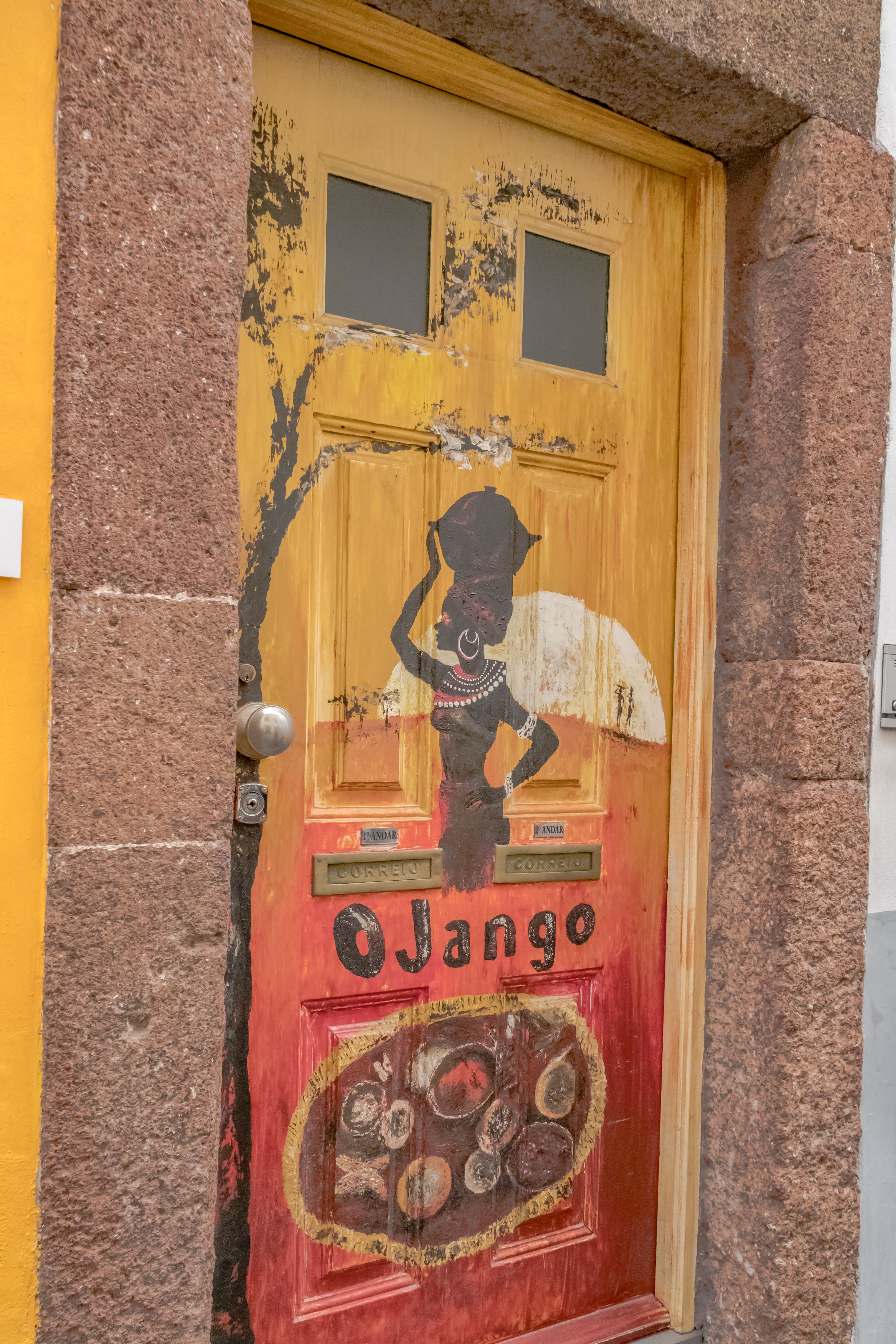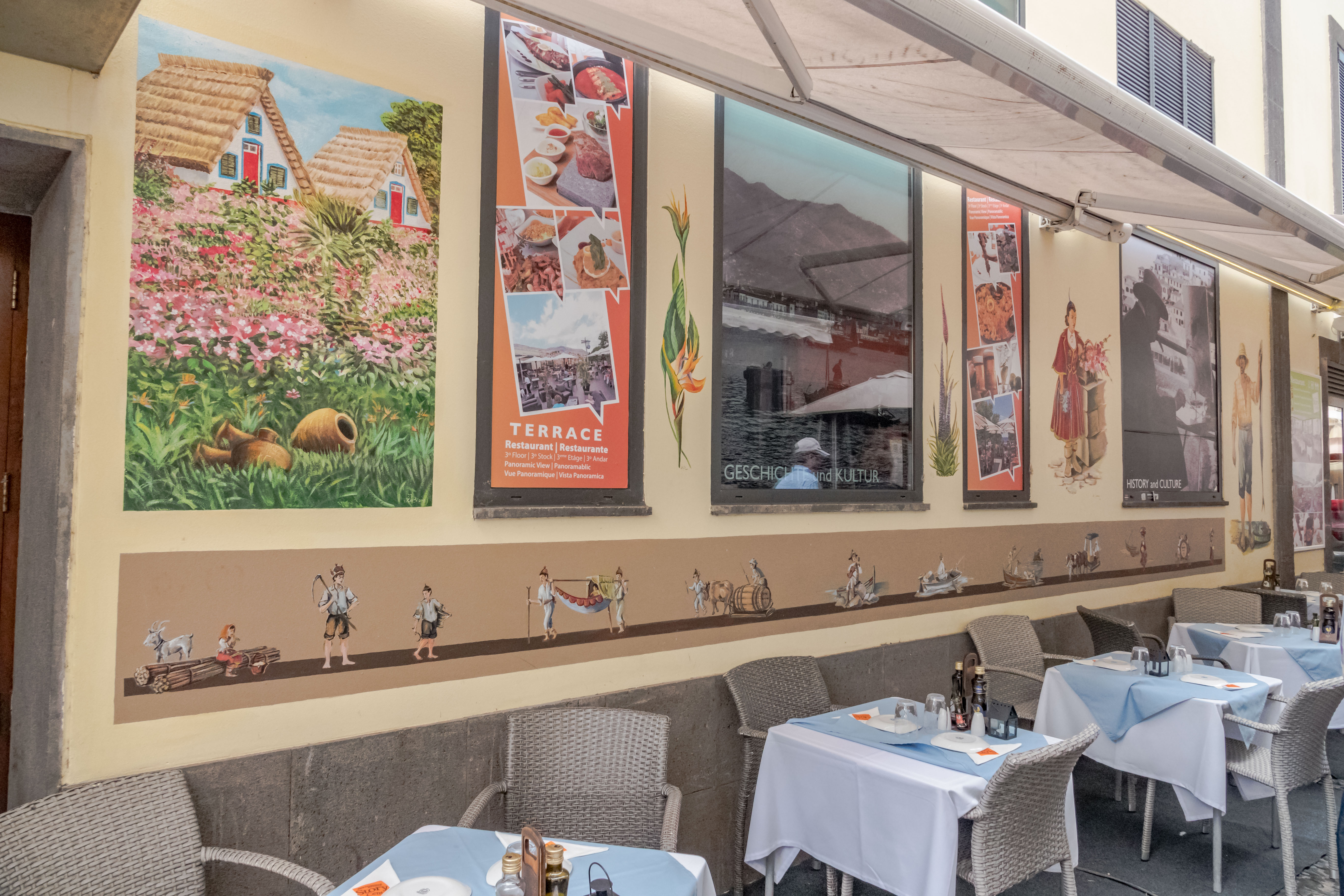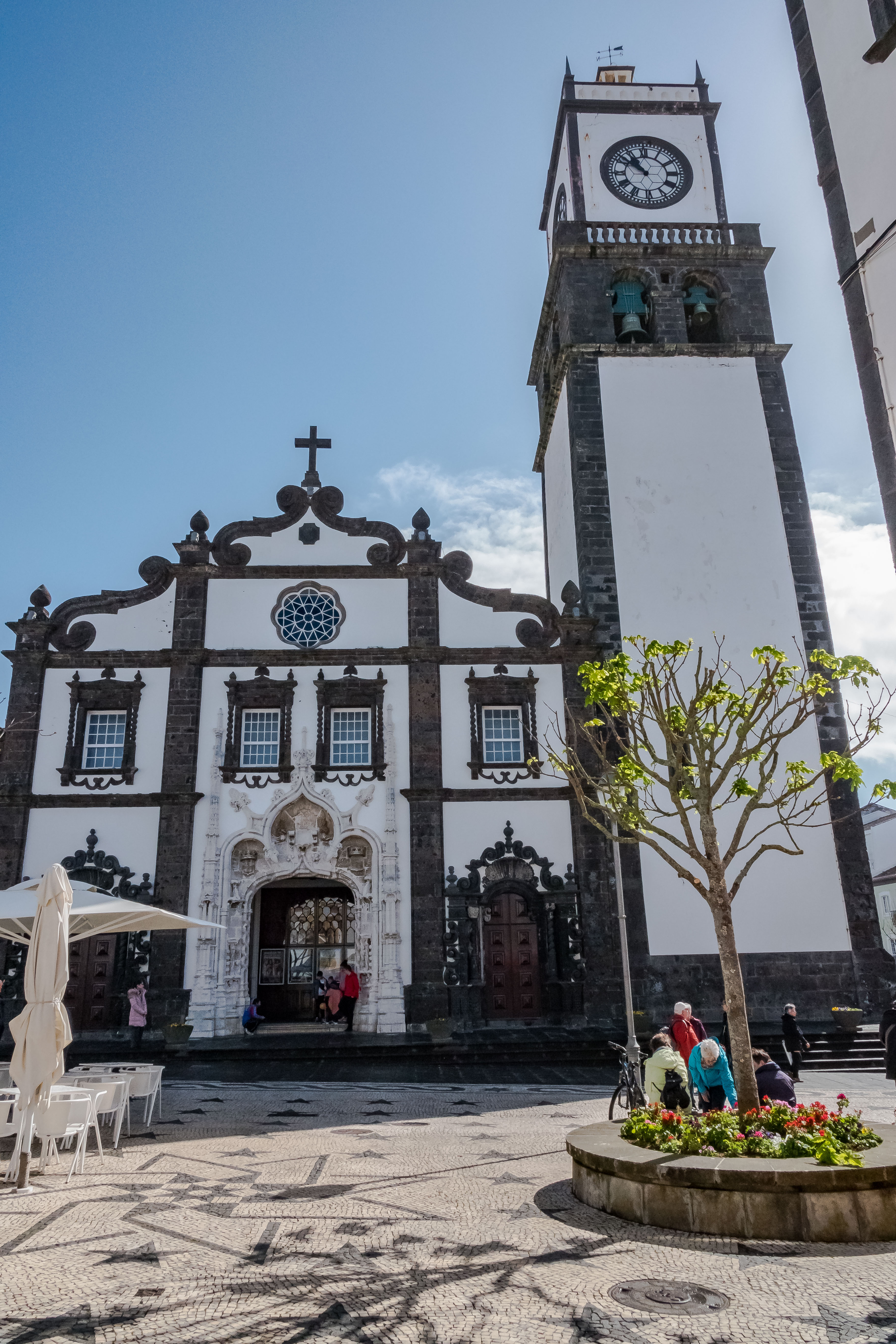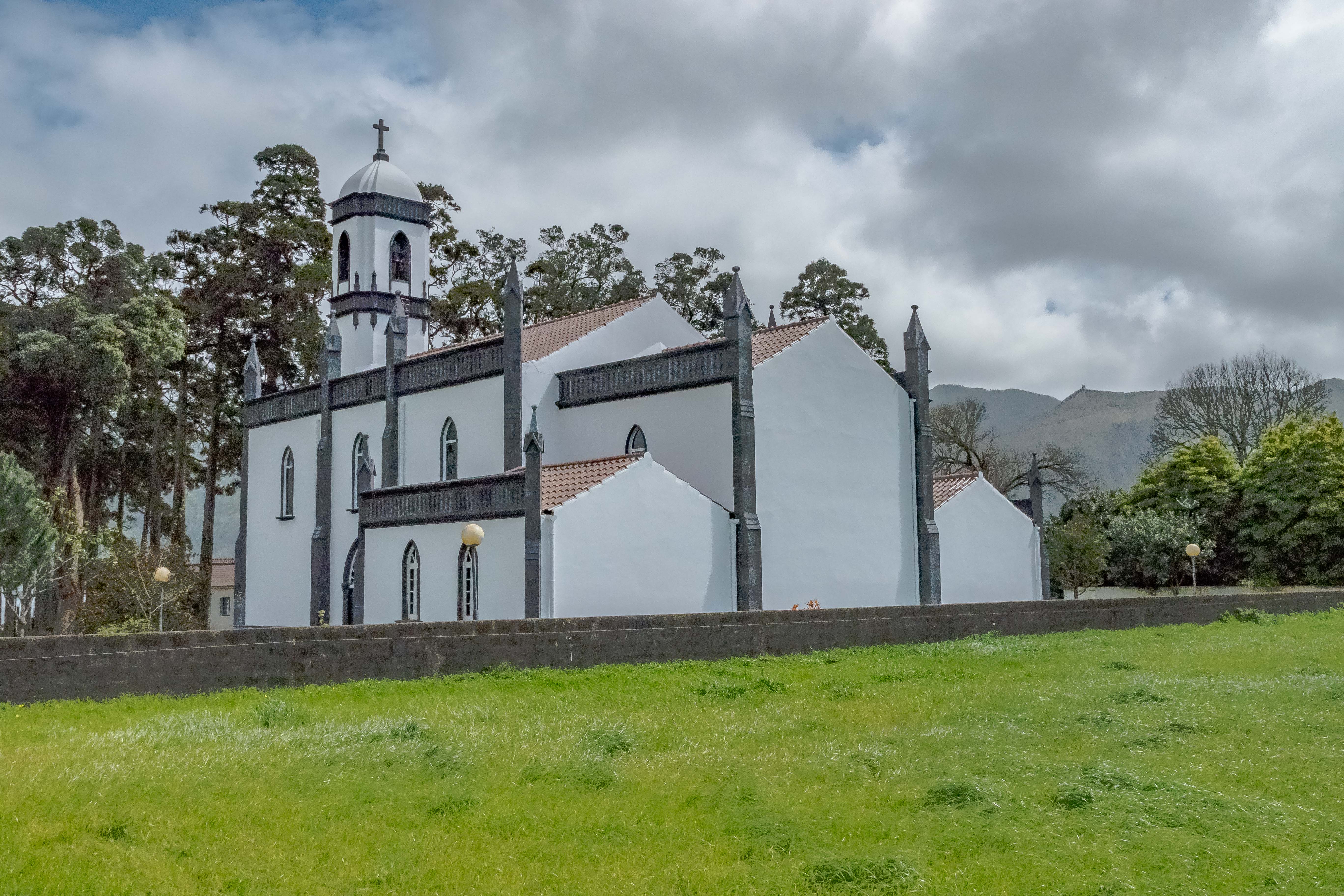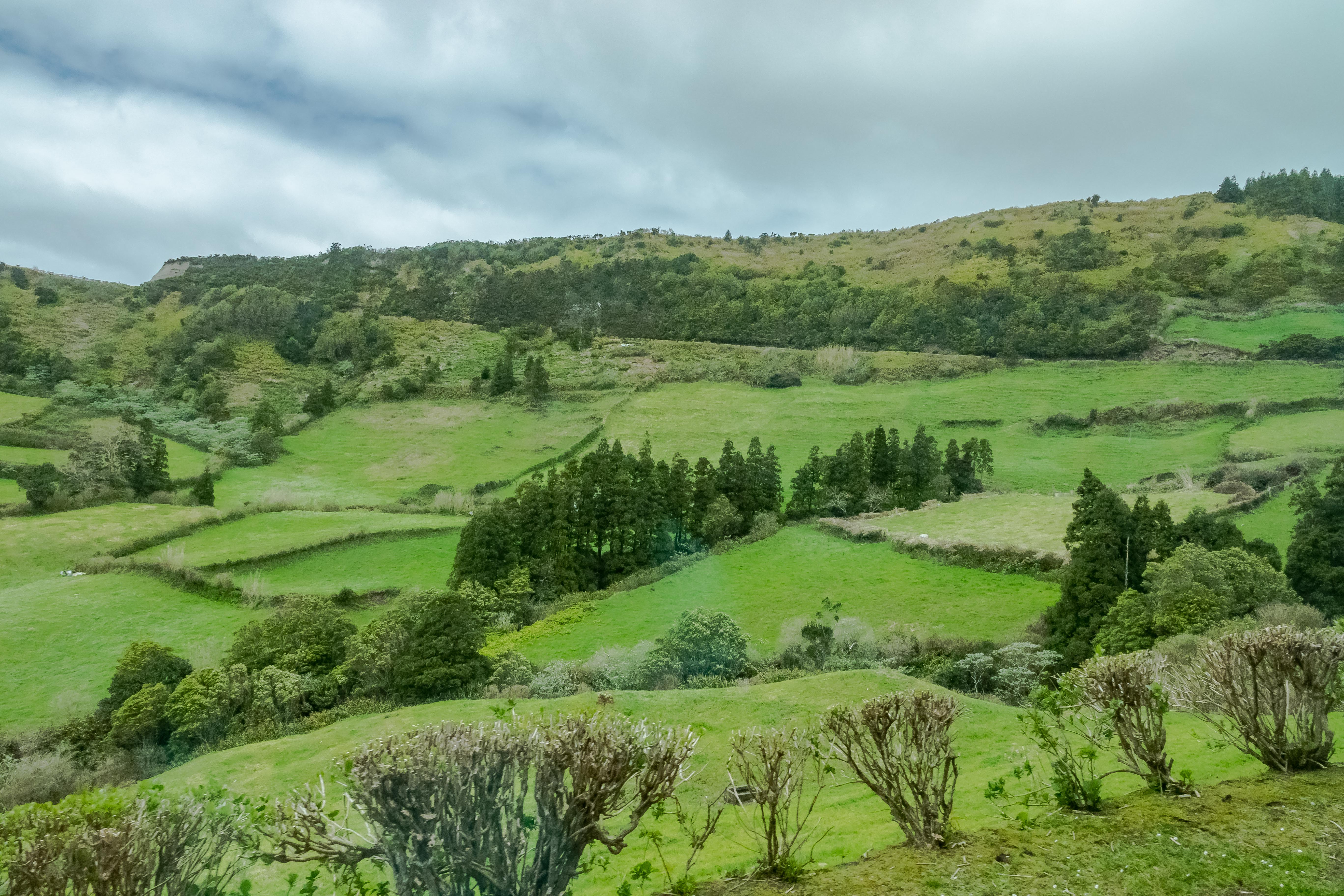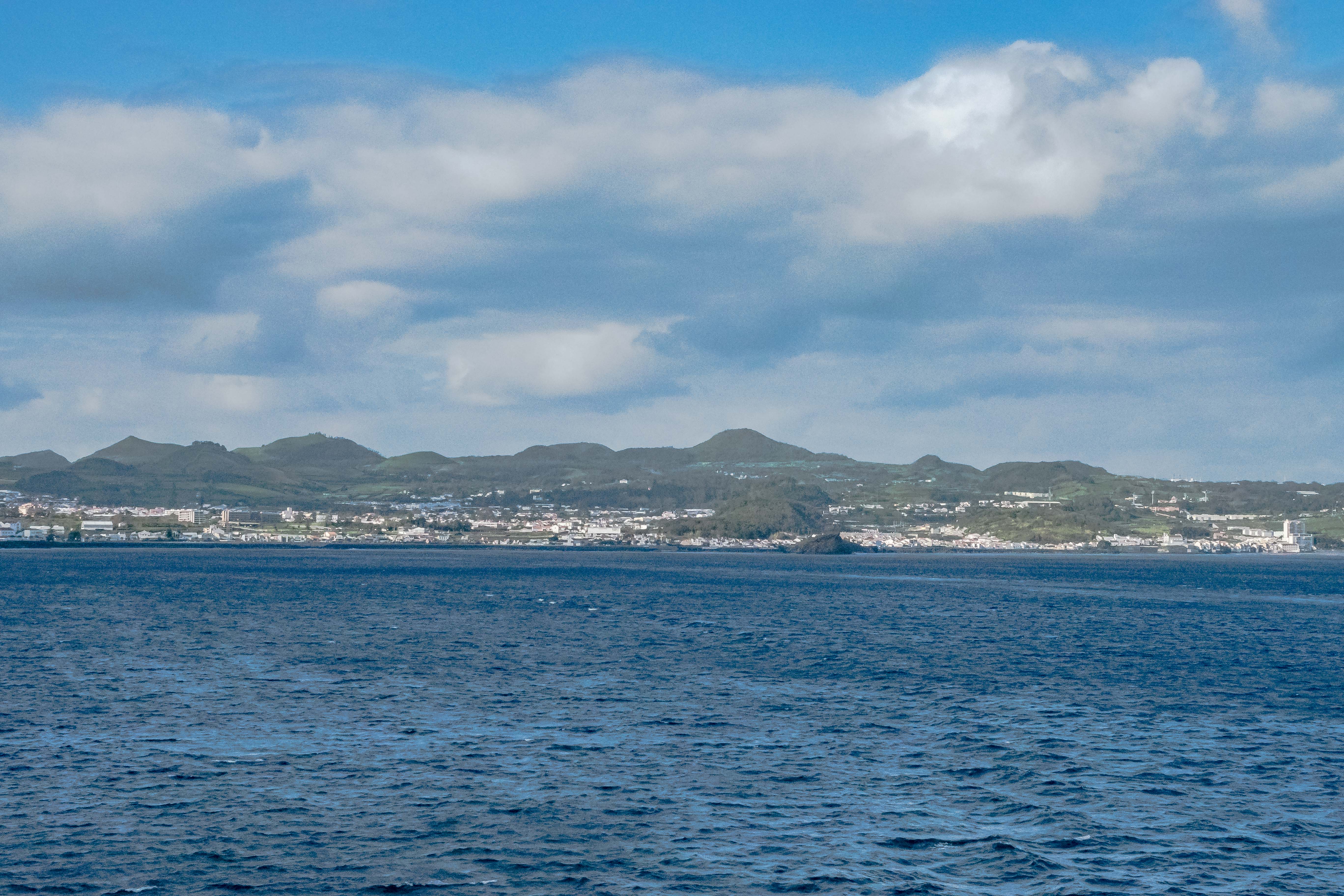April 15-16, 2019:
For our last two days in our trip, we stayed in Porto, and just explored the town, which has a lot to offer. Our first day, we decided we needed to learn more about port wine. So we headed across the river to the separate town of Gaia (just on the opposite bank of the river from us) to visit the port houses. Hey! It’s a rough job, but someone has to do it! Besides, we had a mission … to buy a very special bottle to celebrate our friend’s special milestone birthday.
To get to Vila Nova do Gaia, aka “port town”, all you need to do is walk across the iconic double-decker Dome Luis I bridge from the Porto side of the river. The bridge was designed by Teófilo Seyrig (a student of Gustav Eiffel’s), and inaugurated on Oct. 31, 1886. The bridge is constructed of two metal trays, which underlie the two levels, and spans 391 meters.




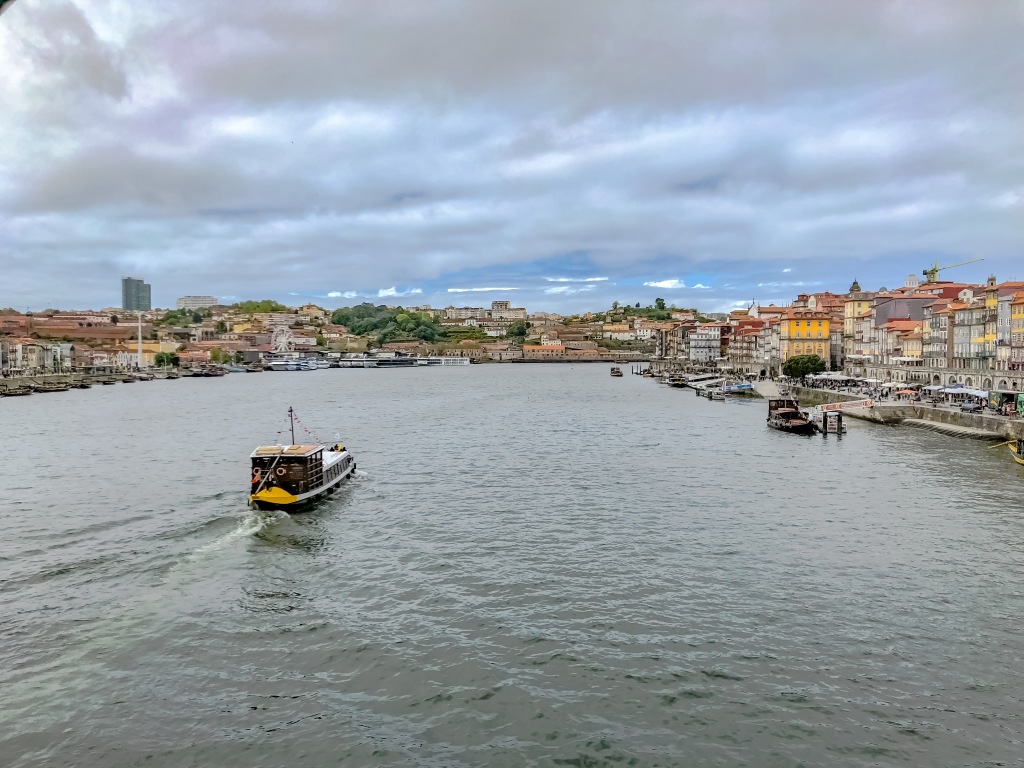

The first port house we visited, Calem, required that you purchase a cellar tour in order to taste their wines. But since it was raining outside, it wasn’t a bad way to waste a morning. The story of how the port houses ( aka “lodges”) ended up here is somewhat interesting. Basically, after the Napoleonic wars, wealthy British investors starting buying up the port producers to ensure their port supply into the future, they realized that the conditions for aging the wine in the Douro Valley were not ideal. Thus, they accelerated the establishment of the port aging facilities in Gaia. However, as we learned on our tour, even though the climate was better here, periodic flooding of the Douro River inundated the caves at the river level several times. We could see the high water marks on the walls of Calem’s cellar. If you are looking for a “one-stop” port tasting experience, there is a facility just a little way further along the riverside called Espaço Poto Cruz. Sadly, it was closed the day were there.

At Calem, we tasted a white and drt port, a late harvest vintage (ruby) port from the 2013 harvest, and a 10 year tawny port. We also learned about the premier style of port called “colheitas”, which is a port in the tawny style, but aged from a single vintage of grapes. The grapes are left in barrels or in something called “pipas”, for at least seven years before being bottled. Then the port is additionally aged for an almost infinite period of time. In the cellar, we saw several barrels of colheitas from the 1990 harvest, which had not yet been bottled. Obviously, none of those were available for tasting! While their ports were good, they were not as exceptional as what we tasted at Marrocos in the Douro.


By then time we got out of Calem, the sun had graced us with an appearance, and we continued our walk along the quayside. One charming facet of this is that on both sides of the river are parked these replica barges of the barges used to ferry casks of port from the Douro Valley to Porto. Every major port house has one parked on the river and they are just charming! We began walked up into the hills of Gaia, and stopped at Ferreira, but as they also required a cellar tour to taste, we passed on them. Then we climbed all the way to the top of the Gaia hills to visit Graham’s port lodge. The views are spectacular from here, and you can sit on their loggia to eat lunch, or enjoy the tasting room inside. Here, we tasted the 10, 20, and 30 year tawny ports. Hands down, our favorite port here was their flagship 20 year tawny port. Interestingly, we liked it much better than the 30 year.





For our final tasting experience, we walked back over to the Taylor Fladgate tasting room. We also tasted the 10, 20, and 30 year ports here, but the classic 20 year tawny was the hands down winner of everything we had tasted today, and we deemed it a worthy birthday present for our friend.


That “chore” completed, Jim and I walked back down to the waterfront, and took the teleférico(gondola) from the quayside up to the top of the Dom Luis bridge. The views are very good from the gondola, but not so much the photos, as the Plexiglas side reflect the light, and are somewhat scratched. However, the photo opportunities are much better from the bridge.








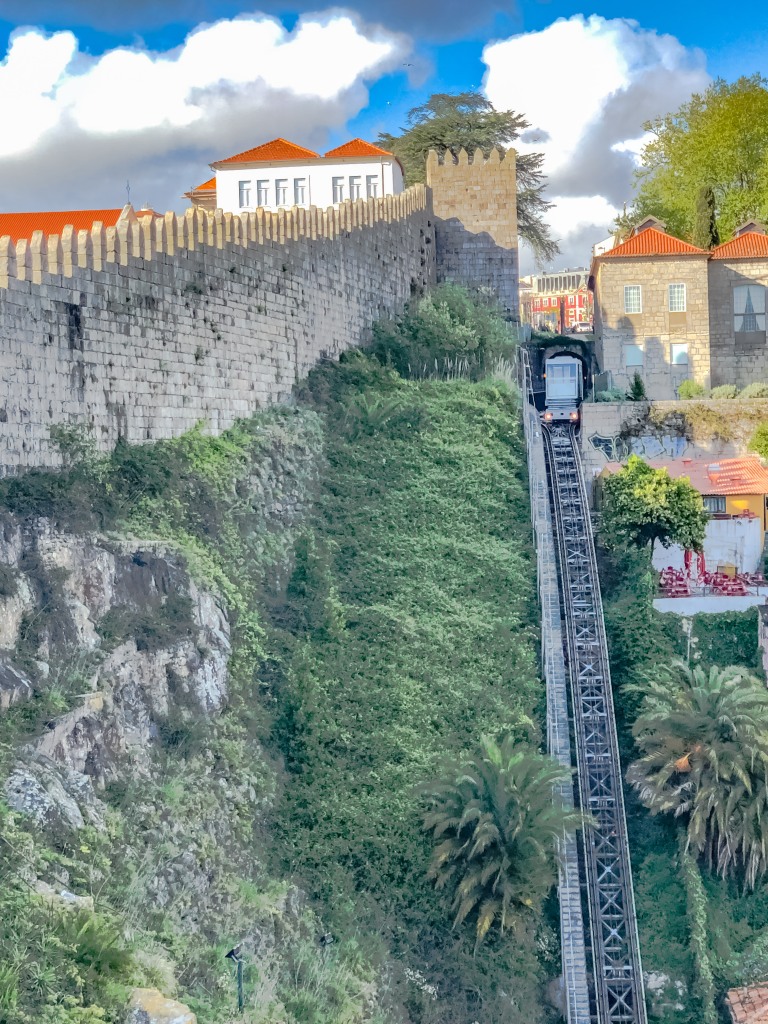
Jim, being the transport nerd that he is, also insisted that we ride down the funicular which goes from the bottom of the Dom Luis bridge up to the upper town area of Batalha right next to the Church of Santa Clara. This level of the town is also where the grand Cathedral of Porto is located a few blocks to the west.


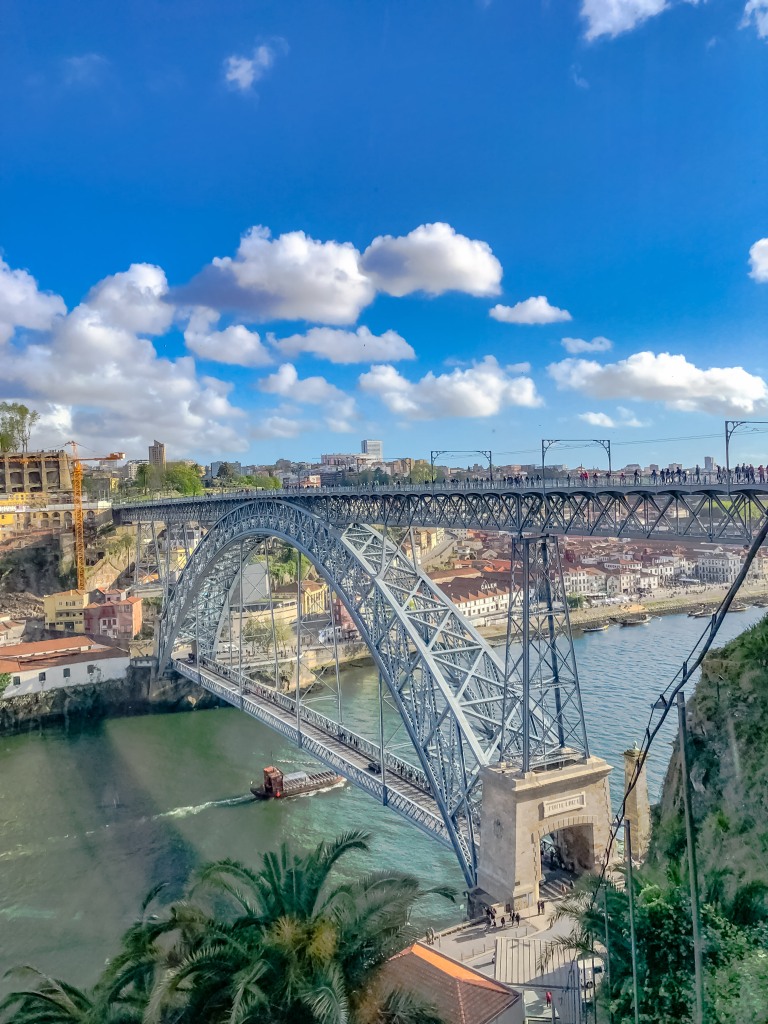
Tonight we dined at a really good restaurant just across the square from our hotel, called . The food was more traditional Portuguese dishes (but you could avoid cod, if you like). Tomorrow, we’ll explore more of the town of Porto, so stay tuned for the final post from Portugal!
April 16, 2019:
Well, even “Our Lady of The Aggressive Schedule” (me) blows it now and again! I thought I had scheduled us for an e-bike tour of Porto this morning, only to discover that the Viator website had defaulted to the last date I had booked something, which meant I scheduled our bike tour for November, 2019. Oops! Fortunately, they are super flexible about refunding your money. Even though we weren’t able to take the bike tour today, we settled for booking a Segway tour (motorized 2 wheel electric scooters) for this afternoon. The good news its that it is such a beautiful, sunny day that Jim couldn’t even stay miffed at me for long. Instead, we walked back to our hotel, and down to the river, where we booked a one-hour boat tour of the five bridges of Porto.


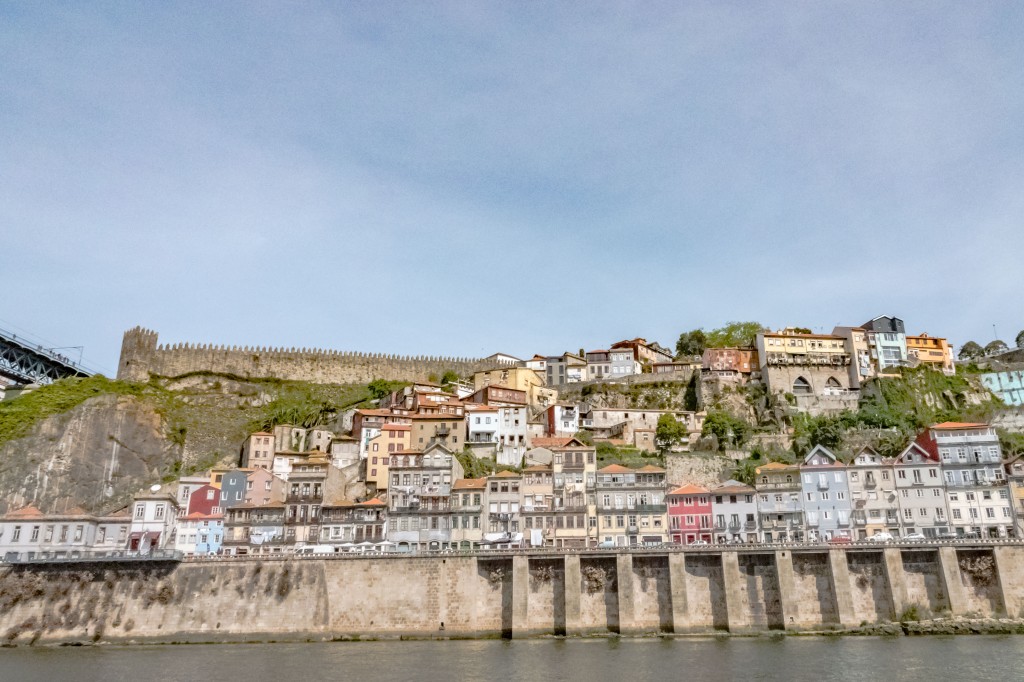
In advance, I apologize for even more pictures of the river, but it is stunning! We’ve already introduced you to the iconic Dom Luis I bridge (designed by Eiffel’s student), but there is also a bridge over the Douro designed by Eiffel himself. It is called the Maria Pia Bridge . The boat rip takes you a few miles up the Douro, then turns around and takes you downstream (and almost out to the ocean). From Porto, you don’t really realize how close you are to the sea, but all the seagulls in town should have given us a clue!



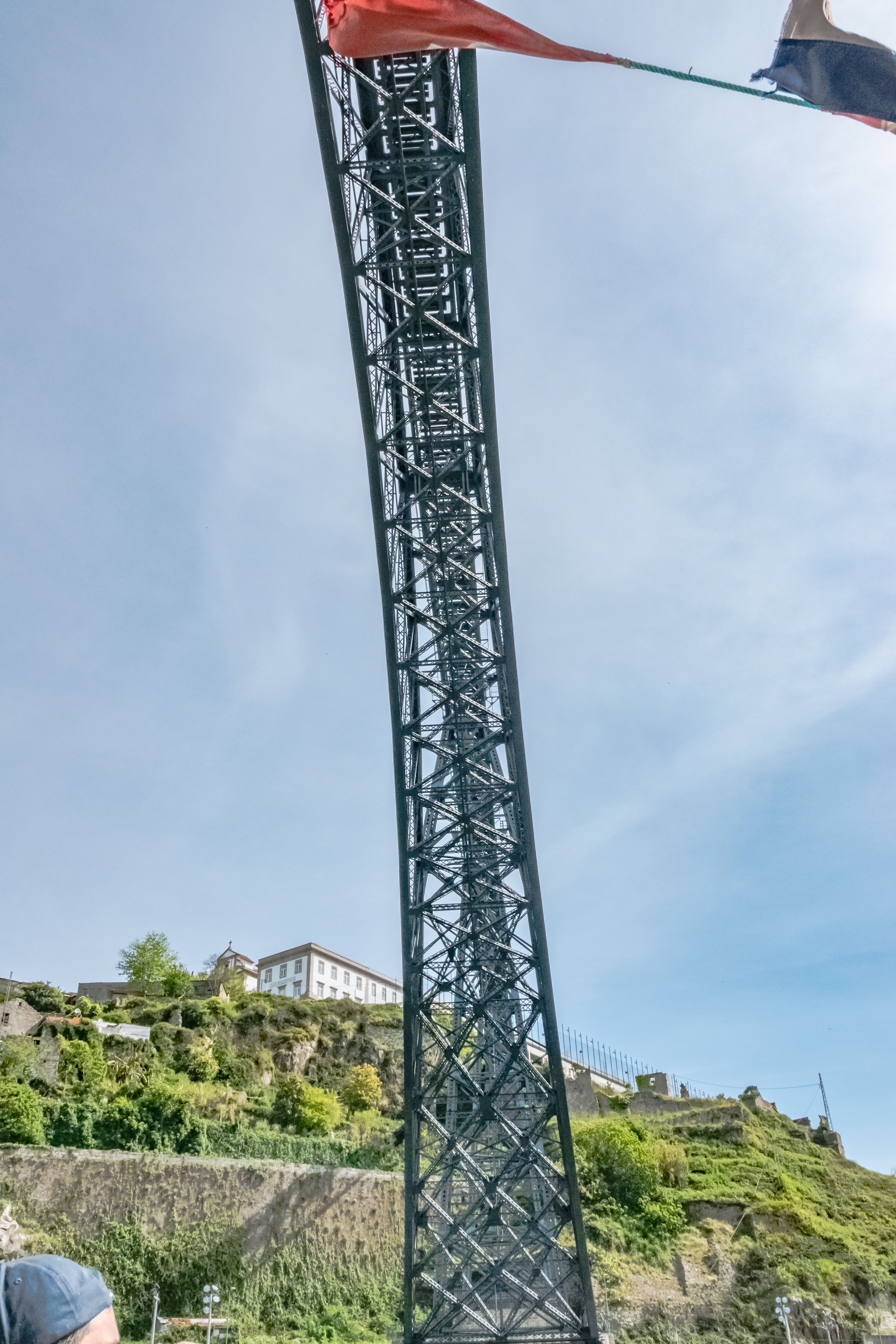




Coming back down the river

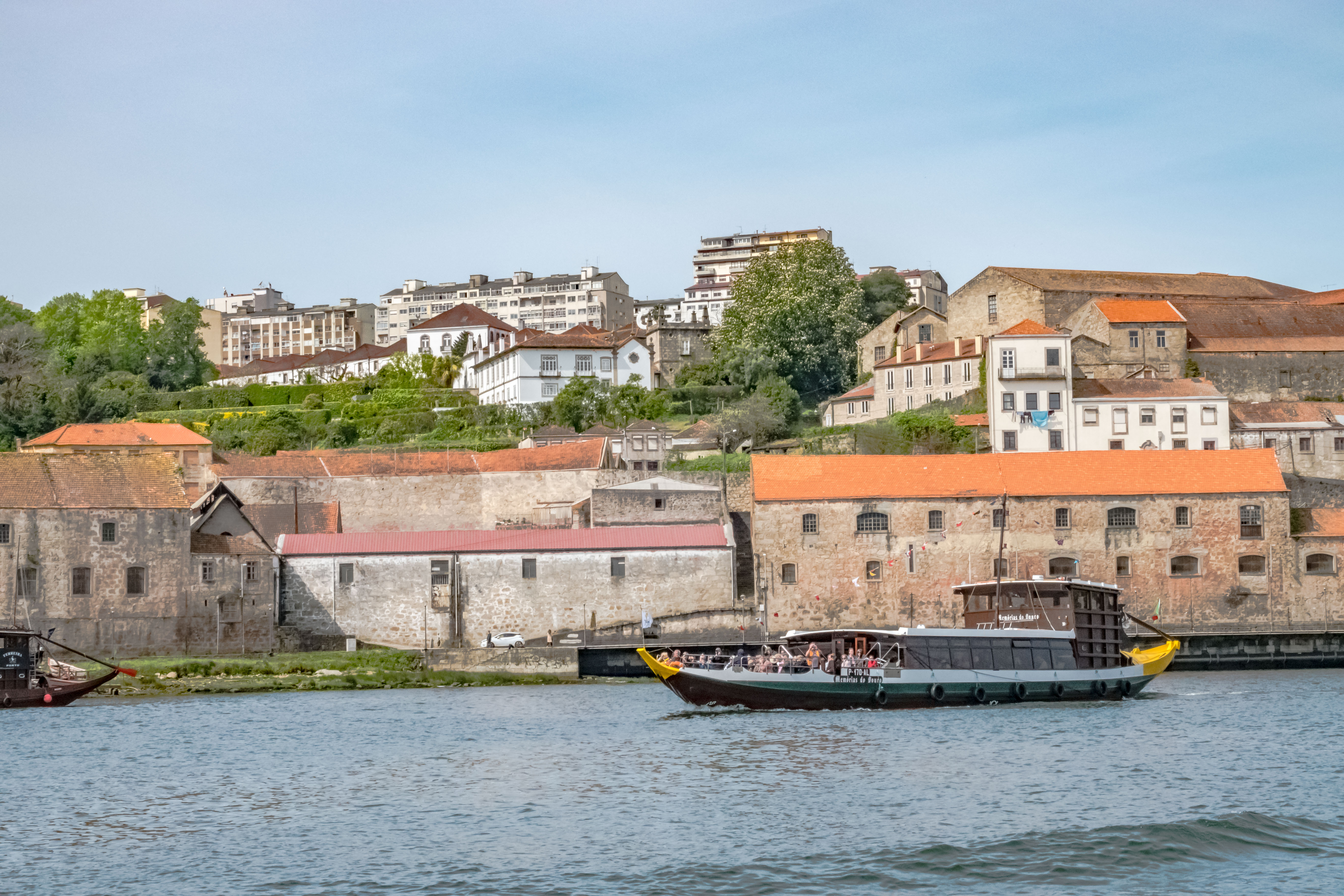





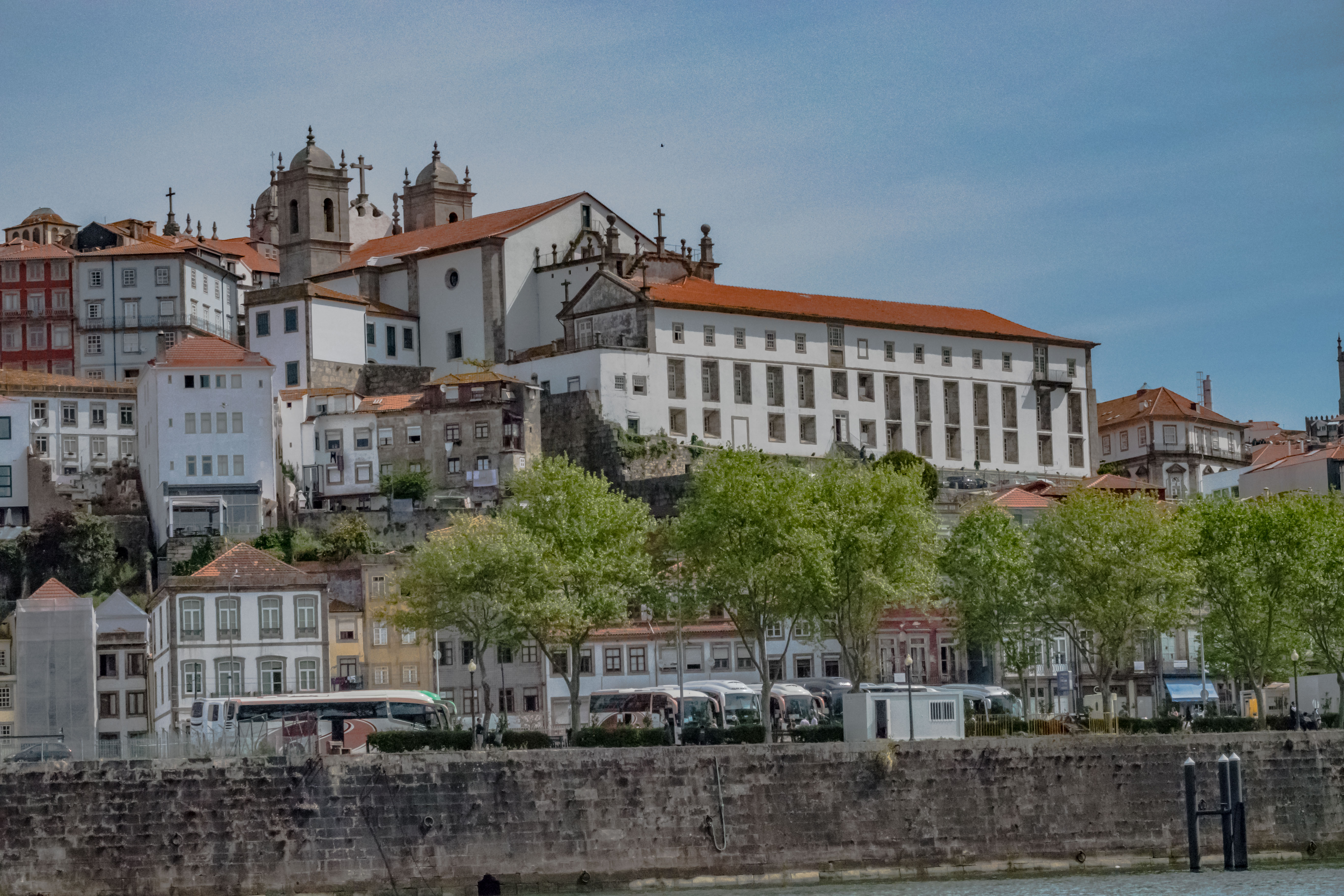
After our boat ride, Jim and I walked up into the upper town through the charming tile-façaded buildings where we stoped at the square in front of the Clérigos Tower, which, when it was built in 1763 was the highest bell tower in Portugal. The area around the tower is rich in points of interest from the photography museum to the Church of the Misericordia to Porto University, and the famous Livraria Lello bookstore. In fact, the bookstore is so popular (and pretty) that you have to buy a ticket and wait in line for entry. With wait times in the line projected to last over an hour, we reluctantly passed on this sit, and went to eat lunch in the shadow of Torre de Clérigos. Then we met our Segway group in the courtyard of the photography museum, passed our check ride, and off we went! Our guide first pointed out the Estatua de Camilo Castelo Branco, which scandalized Porto when installed, depicting a man holding the nude body of a woman. Locals frequently decorate her bottom with handbills. We went over to the Ingreja do Carmo with its lovely tile façade. Then we meandered our way over to the San Bento Railway Station, which is an architectural jewel.


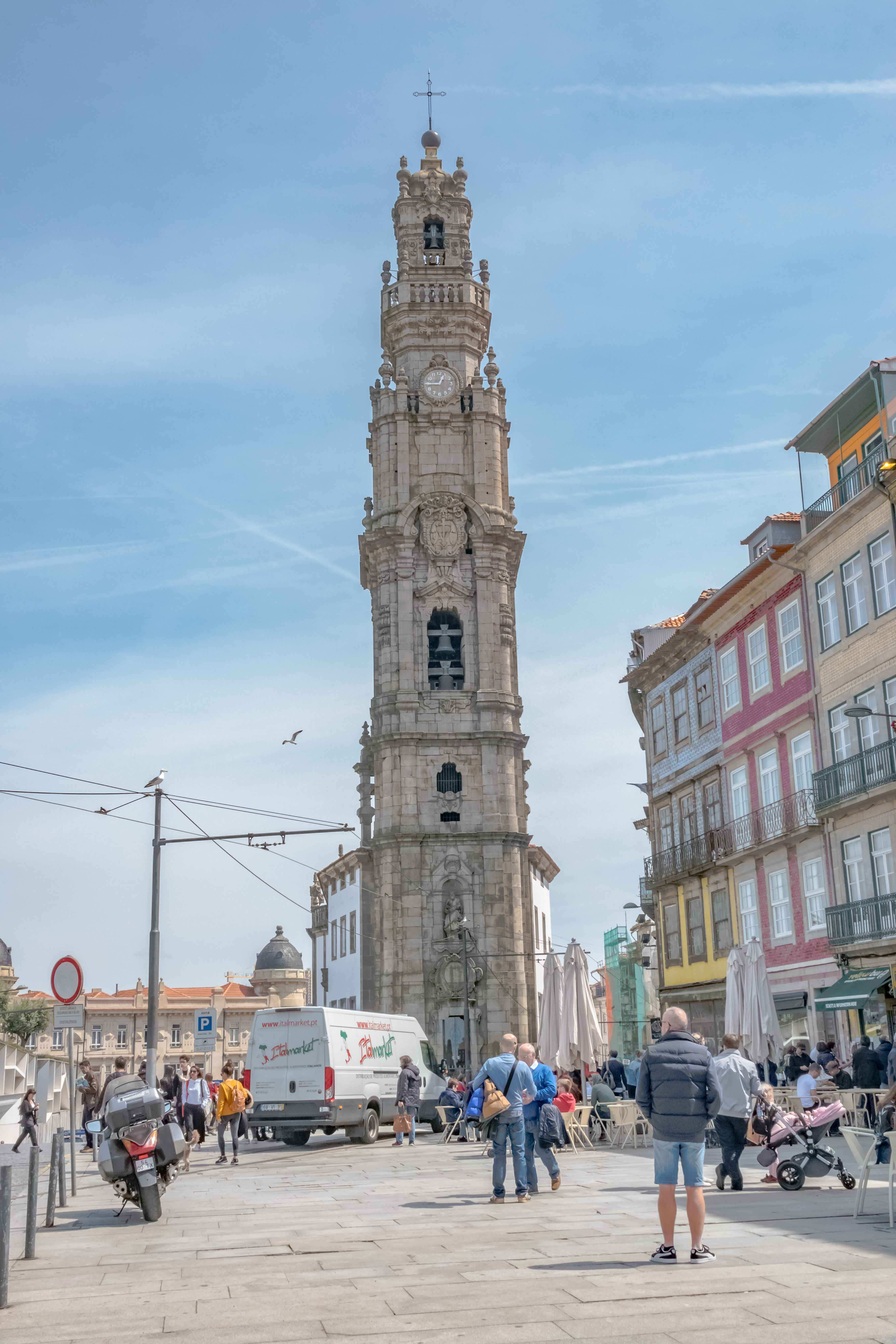

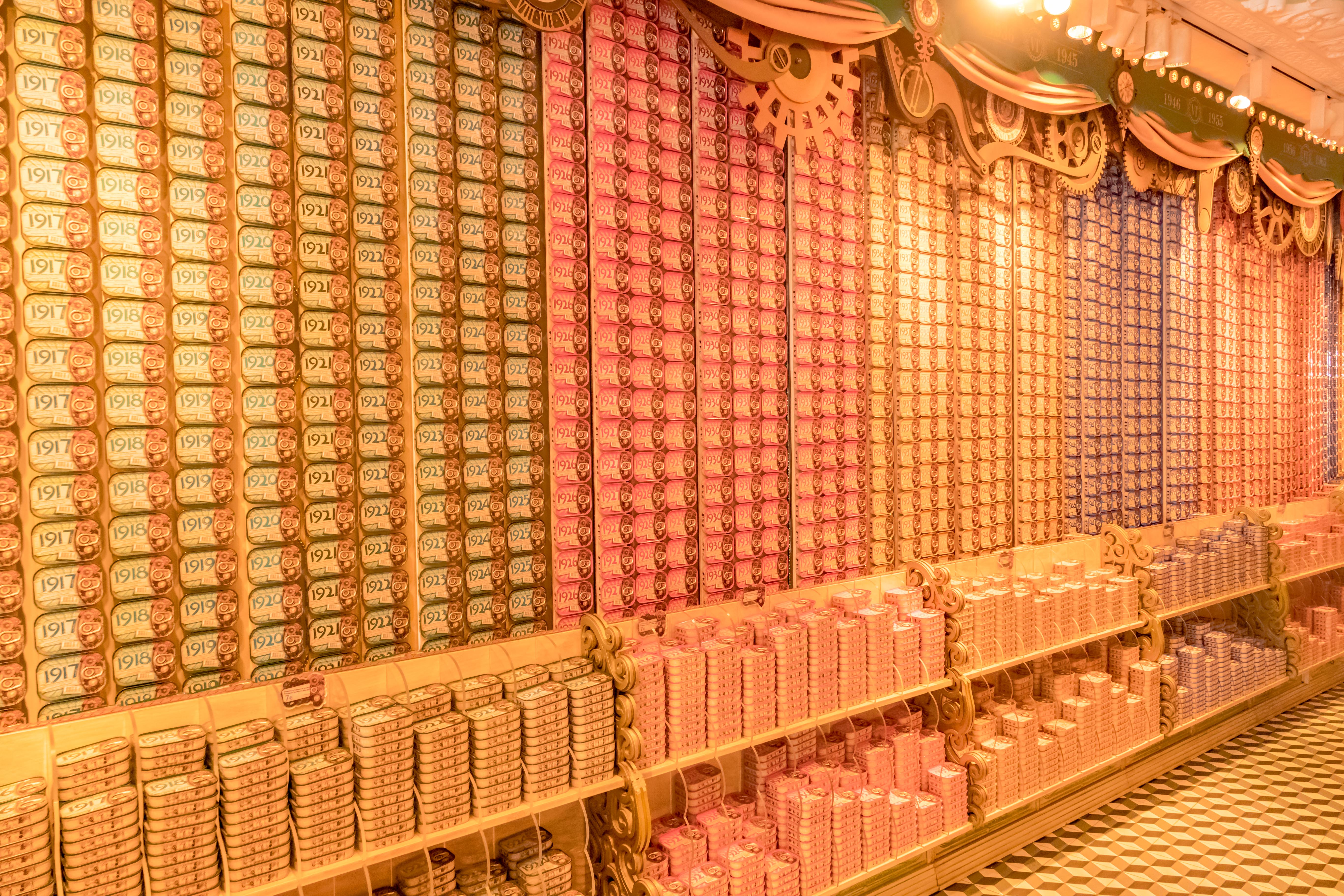



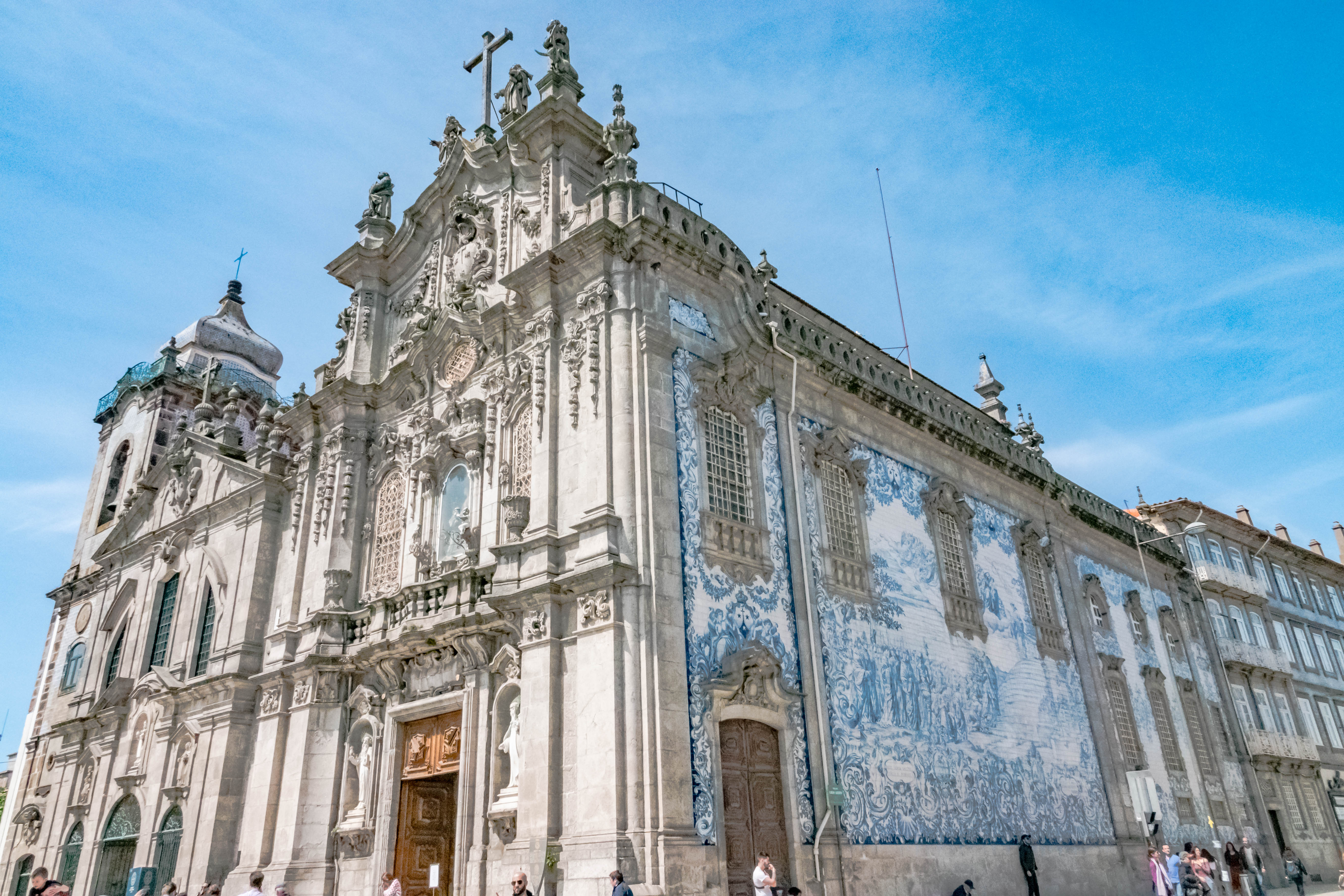


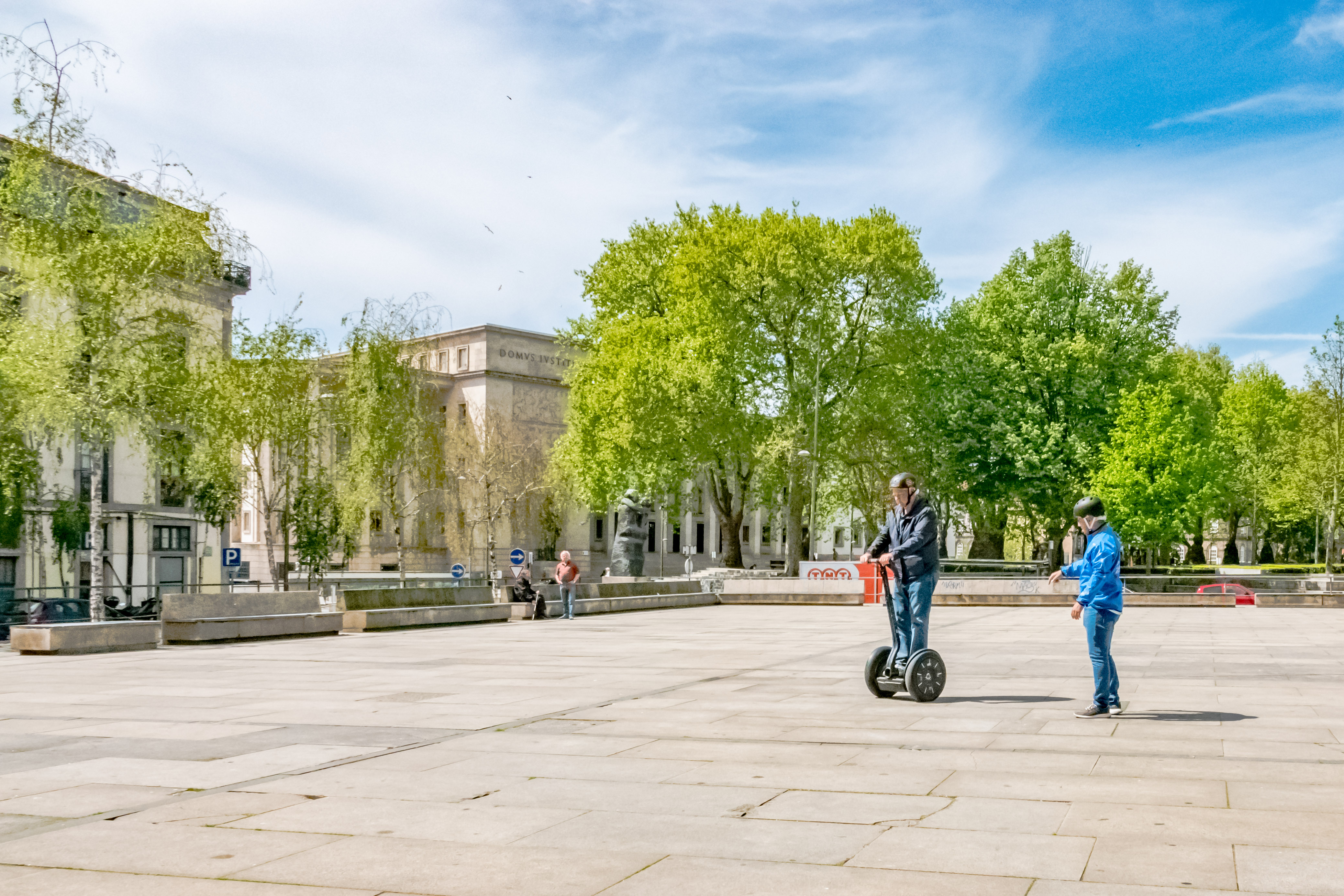






The rail station is very near the Porto Cathedral (Sé de Porto). This is an amazing 12thCentury church, and monastery complex that dominates the Porto skyline with its two towers. It is well worth a visit up close!




With that, the official sites on the tour were checked off the list, so our guide took us freewheeling. We went up on the top deck of the Dom Luis bridge for the views over Porto. From there, we went down near the waterfront, and rode our Segways along the river, and up into a quiet neighborhood with great views over river.
In celebration of the last night of our trip, we went back to A Despensa for dinner, and were treated like returning royalty. Tomorrow, we drive back to Lisbon and fly home. Stay tuned, dear Readers, because another trip is right around the corner (at least in blog time)!




